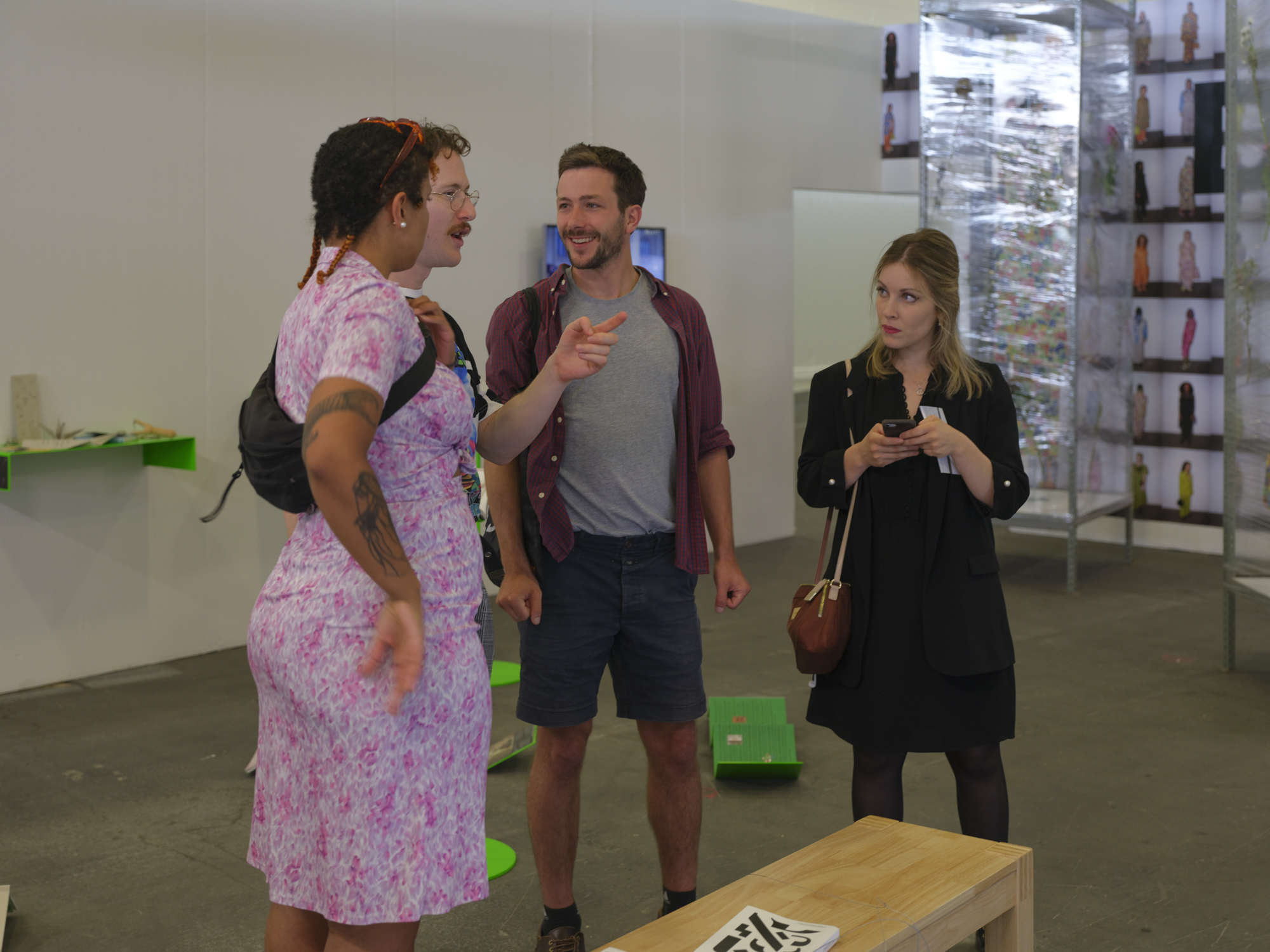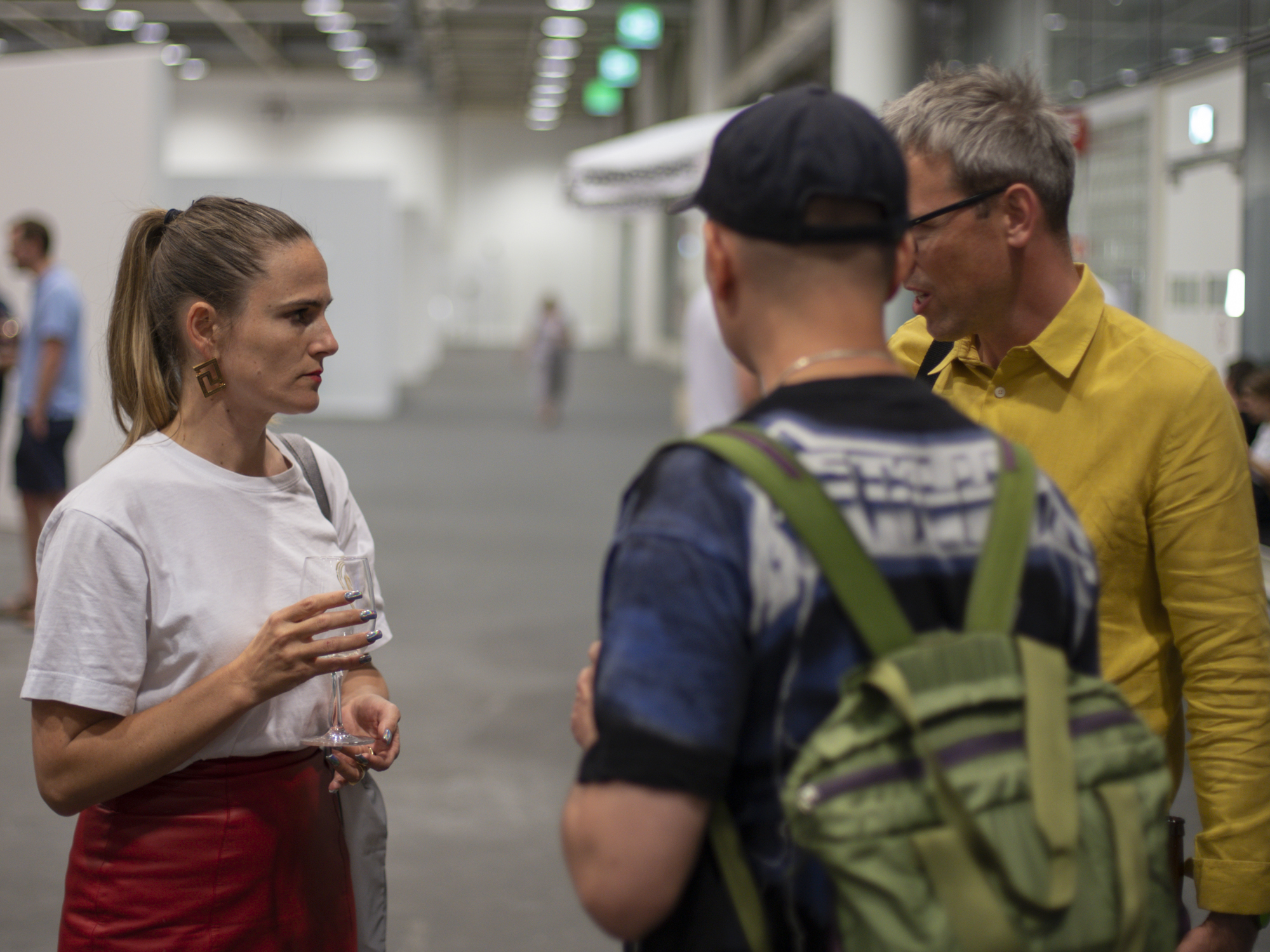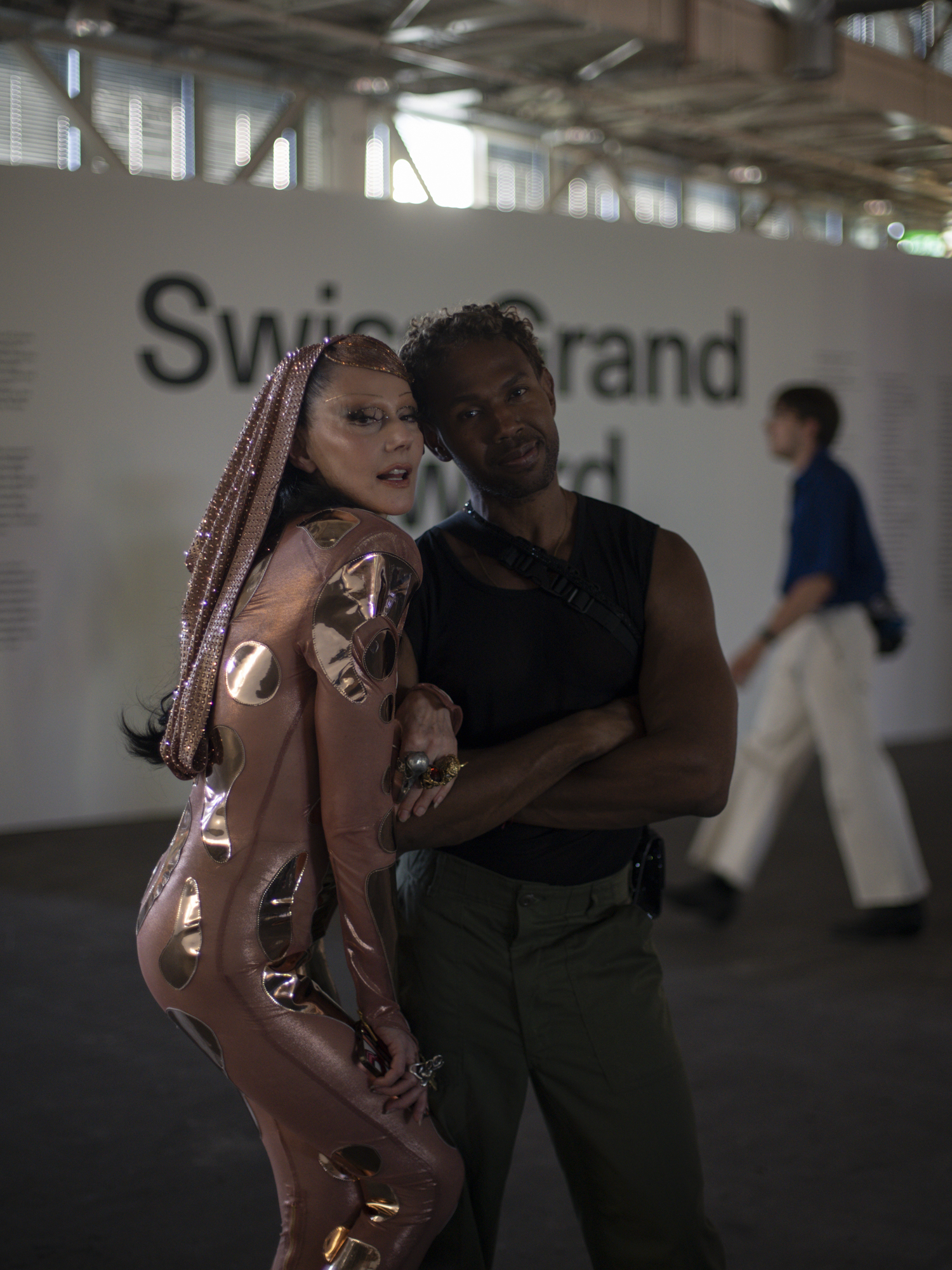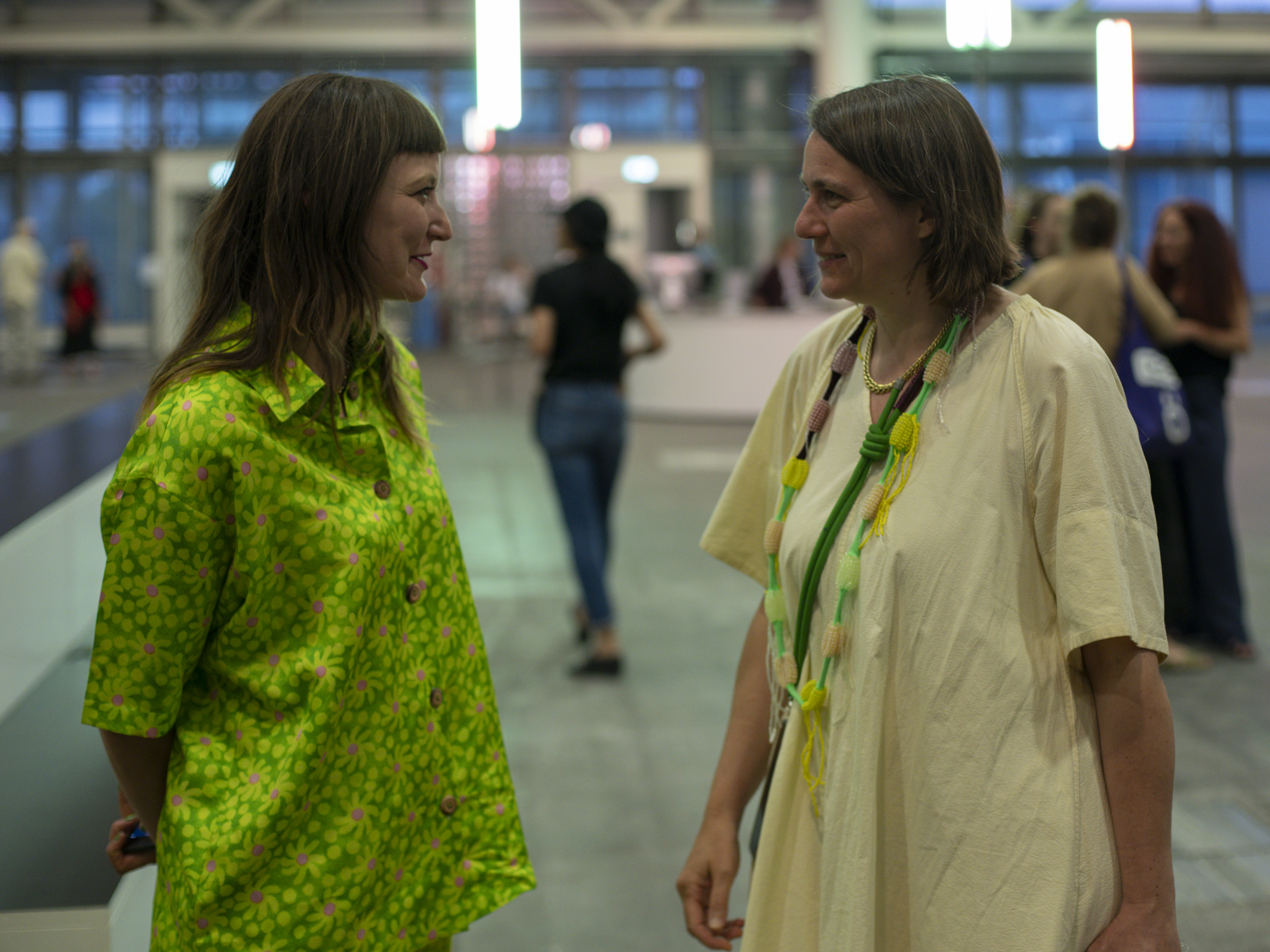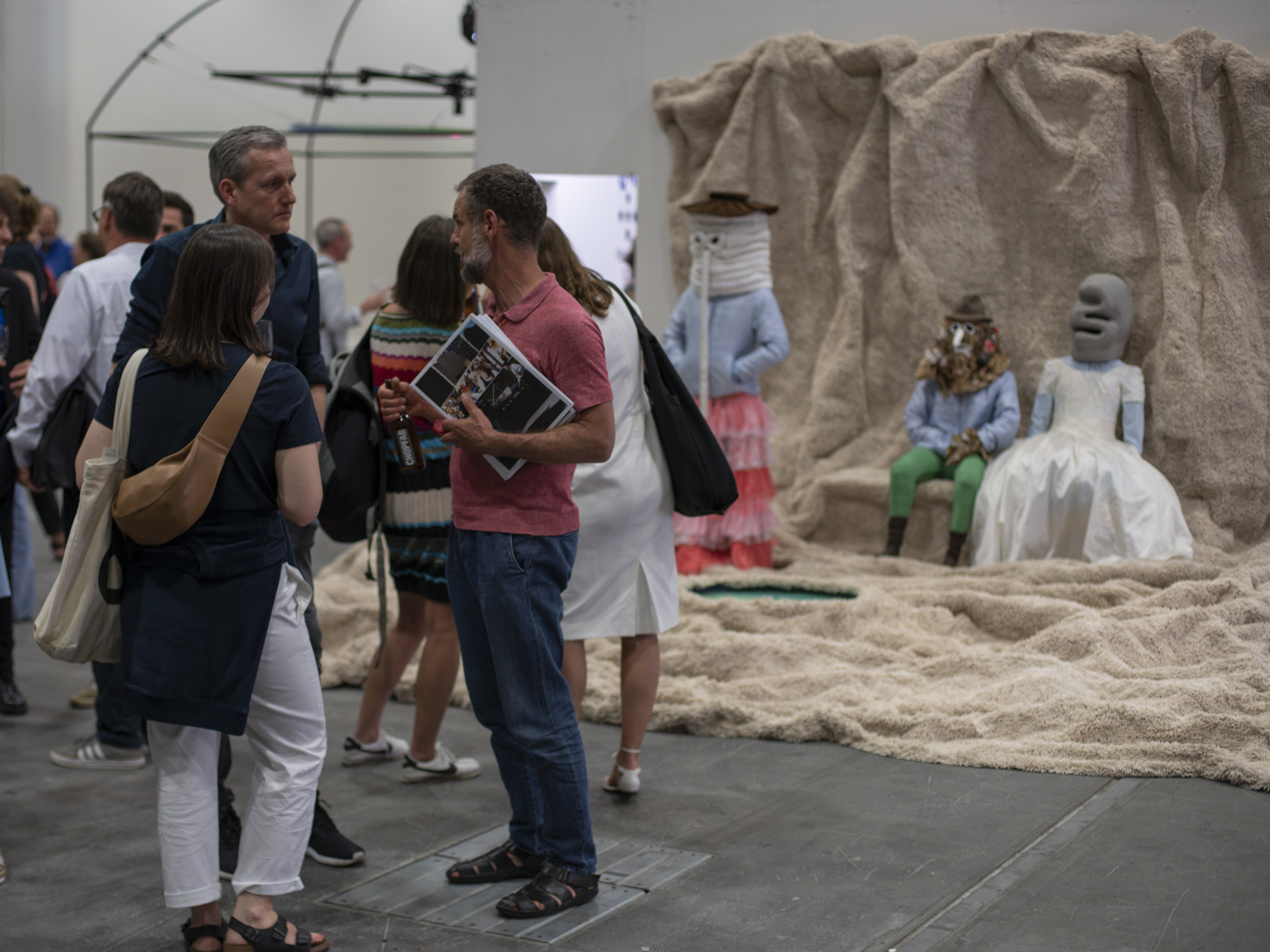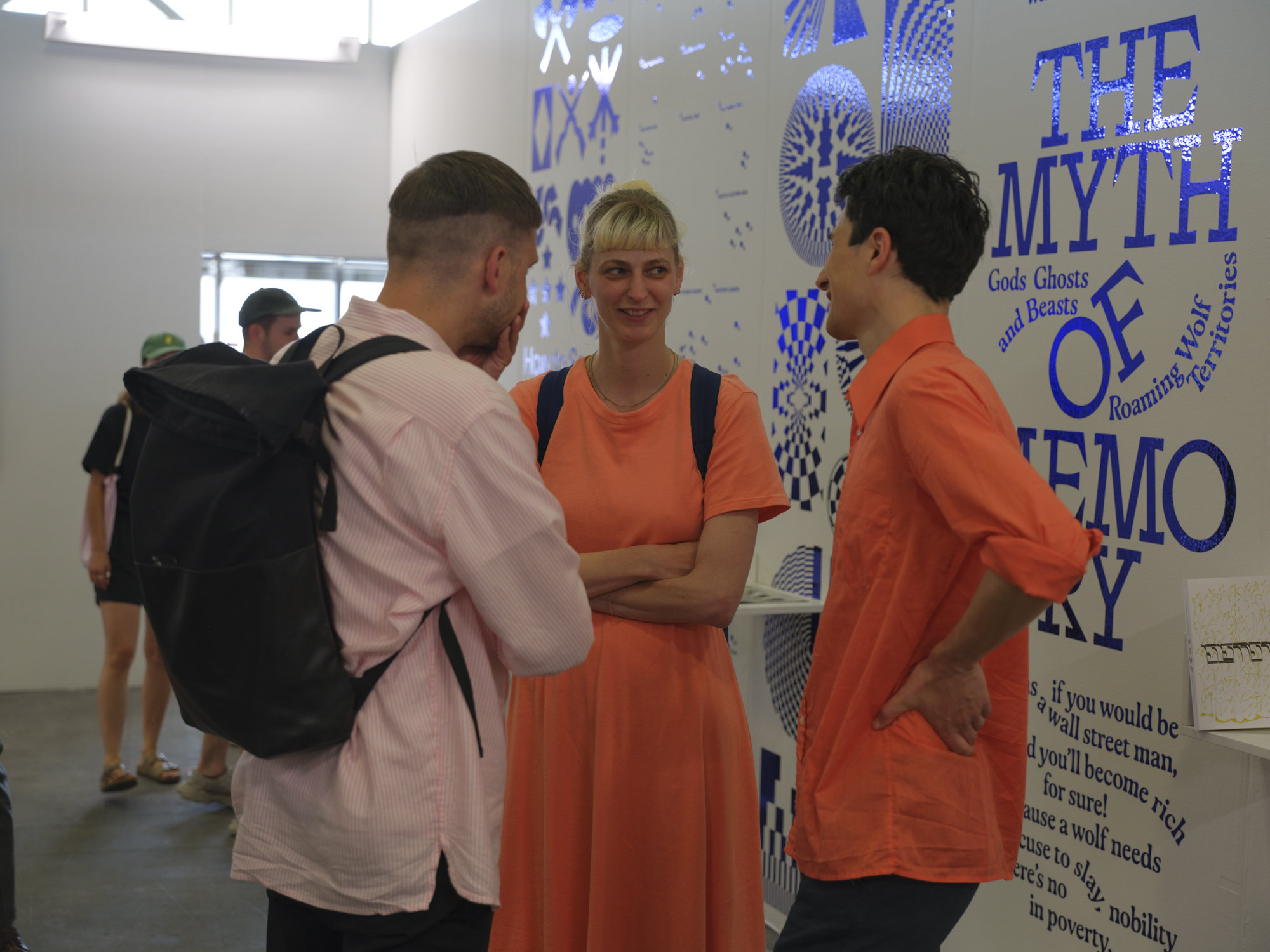About the Swiss Design Awards 2022
The Swiss Design Awards / Swiss Art Awards 2022 exhibition in Basel welcomed over 12,000 visitors. This is a new visitor record!
This certainly has to do with the fact that we have moved. We have moved from Hall 3 to Hall 1 and thus closer to the exhibition site. During the "busy" Art Basel week, we are now even more visible to the broad national and international public.
A highlight this year was once again the exhibition of the Swiss Grand Prix Design designed by the winners. For more than 15 years now, the Federal Office of Culture has been honouring personalities who operate both at the centre and on the periphery of design’s various worlds. The roll-call of past winners is testimony to the discipline’s wide-ranging influence on the economy, culture and society. Far from being confined to a single field, the work of design is multi-dimensional and encompasses multiple perspectives.
The three winners of this year’s Swiss Grand Award for Design work in completely different fields, but all place human beings at the centre of everything they do:
Susanne Bartsch, talent curator and event producer
Verena Huber, interior architect
Beat Streuli, artist and photographer
Susanne Bartsch has been influencing, promoting and inspiring fashion’s many scenes since the early 1980s. Her contribution to inclusivity for the LGBTQ community has made her its unofficial patron saint. Her undogmatic method and non-hierarchical approach to bringing people together are shared by Verena Huber, who is much more than an interior architect: throughout her life, she has been an inquisitive researcher, mediator and networker. She brings a perspective on the former Soviet Union and the countries and cultures of Eastern Europe that is unusual in the world of design. Her novel view of the world around her links her in turn to Beat Streuli, who places his urban scenes in an alien context such as the desert, thus transforming the way in which his audience perceives its own social realities.
This year, the communication and the publication were newly designed by the Lausanne graphic studio Eurostandard. For the publication we have also asked the Swiss Design Awards finalists to complete a questionnaire so that we can provide you with as much information as possible on their working methods and projects. There are two trends we would like to share with you. Of the 50 projects chosen for the second round, 70% are collaborations, continuing a pattern that has become increasingly pronounced in recent years. The lines between the various categories are becoming ever more blurred, with a growing number of projects involving interdisciplinary collectives.
The second trend can be seen clearly in the exhibition: we have never had to install so many power lines! In fact, 80 were needed just for the finalists. This is sure to be a consequence of the surge in people working digitally due to the pandemic, but it also stems from the fact that digital tools are now all-pervasive in the design world, even when it comes to presenting projects in the more traditional categories. A tour round the exhibition shows just how unstoppable the spread of digital technology has become, but there is still no substitute for visiting in person and experiencing the works at first hand in all their glory. These trends have without doubt been bolstered by the addition of two relatively young disciplines to the competition, namely design research and media & interaction design. Indeed, trends are the very reason why these categories were added in the first place.
The jury, comprising the members of the Federal Design Commission and invited experts, faces the challenge of adapting its evaluation criteria to accommodate the two new categories. Given how varied the seven categories are, this is no easy task. I would like to take this opportunity to thank everyone on the jury for their invaluable efforts in this respect.
Every year, we present some very young designers to the broader public. Diploma projects make up around a fifth of the total. This is a throwback to past talent development initiatives, but it remains a key feature of the competition thanks to the many fantastic discoveries it has yielded. It also demonstrates that you do not have to be established within the industry to reach the second round of a national competition and have your work exhibited in Basel.
Of course, some things never change. The Swiss Design Awards are a complex project that can only succeed with a great deal of mutual trust and excellent teamwork by everyone involved, both internally and externally. I would like to offer my sincerest thanks to all who have contributed their hard work and expertise.
Fortunately, we are also still neighbours with the Swiss Art Awards, sharing not only 7,500 square metres of space in Hall 1.1, but also our exhibition signage (Giliane Cachin) and architecture (Truwant + Rodet +), which has taken the existing material from earlier years and given it a new form. Part of the diverse fringe programme has also arisen through highly constructive interdisciplinary cooperation.
Finally, I would like to congratulate and thank all 17 winners and 50 finalists. It is their projects that allow the Federal Office of Culture to make this vital contribution to raising awareness of design in society at large, and that make the Swiss Design Awards such an exciting showcase of contemporary Swiss design.
Anna Niederhäuser
Federal office of culture
Jury
The jury is made up of the seven members of the Federal Design Commission appointed by the Federal Council and three invited experts.
Chair
Jörg Boner
Product designer, Zürich
Members
Marietta Eugster
Graphic designer, Paris/Zurich
Cécile Feilchenfeldt
Textile design, Paris
Dr. Davide Fornari
Professor Research and development ECAL, Renens
Nathalie Herschdorfer
Director, Photo Elysée, Lausanne
Aude Lehmann
Graphic designer, Zurich
Vera Sacchetti
Design critic and curator, Basel
Experts
Joy Ahoulou
Fashion Designer, Berlin
Jürg Lehni
Interaction Designer, Zurich
Adrien Rovero
Product designer, Lausanne


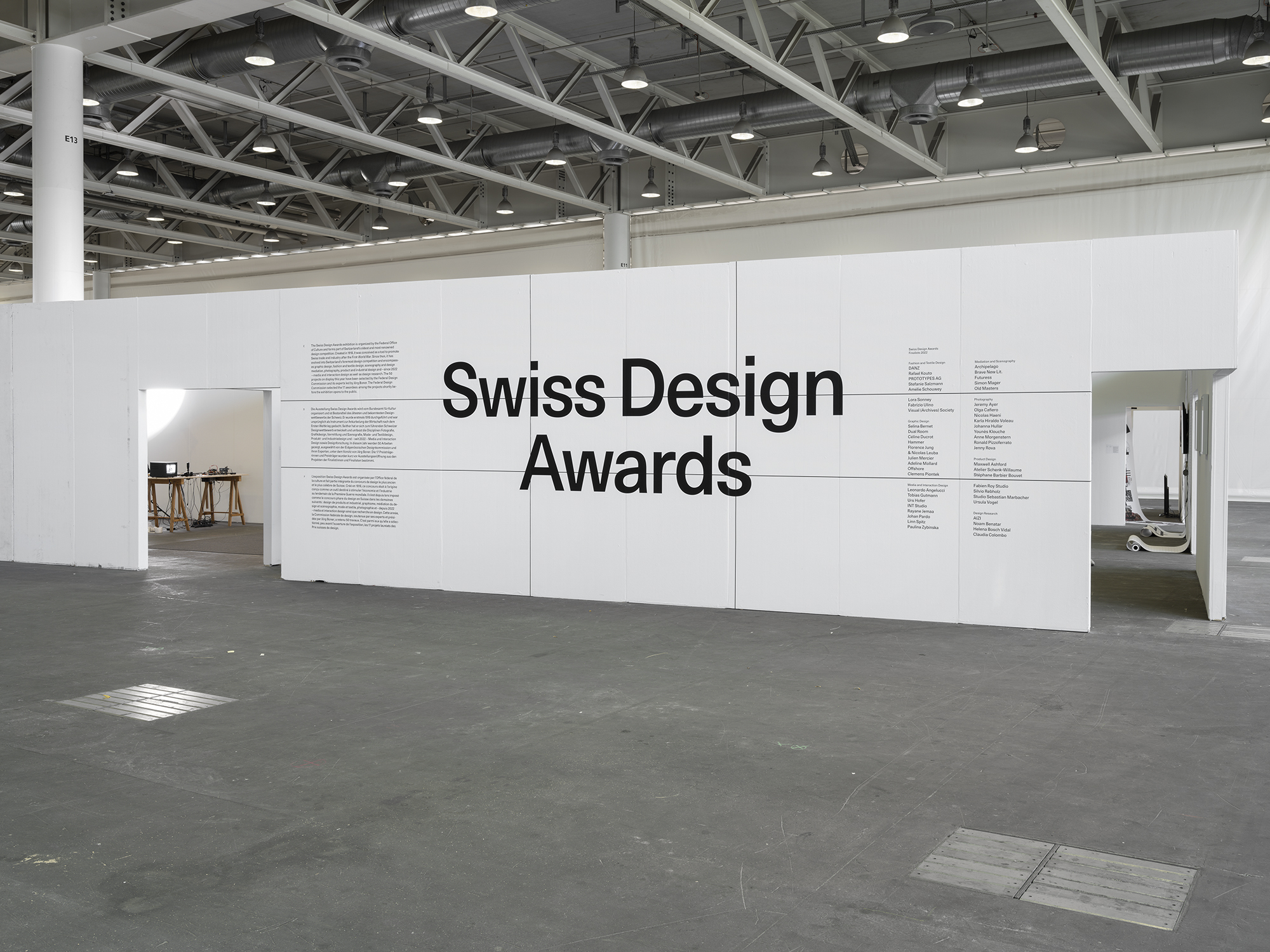
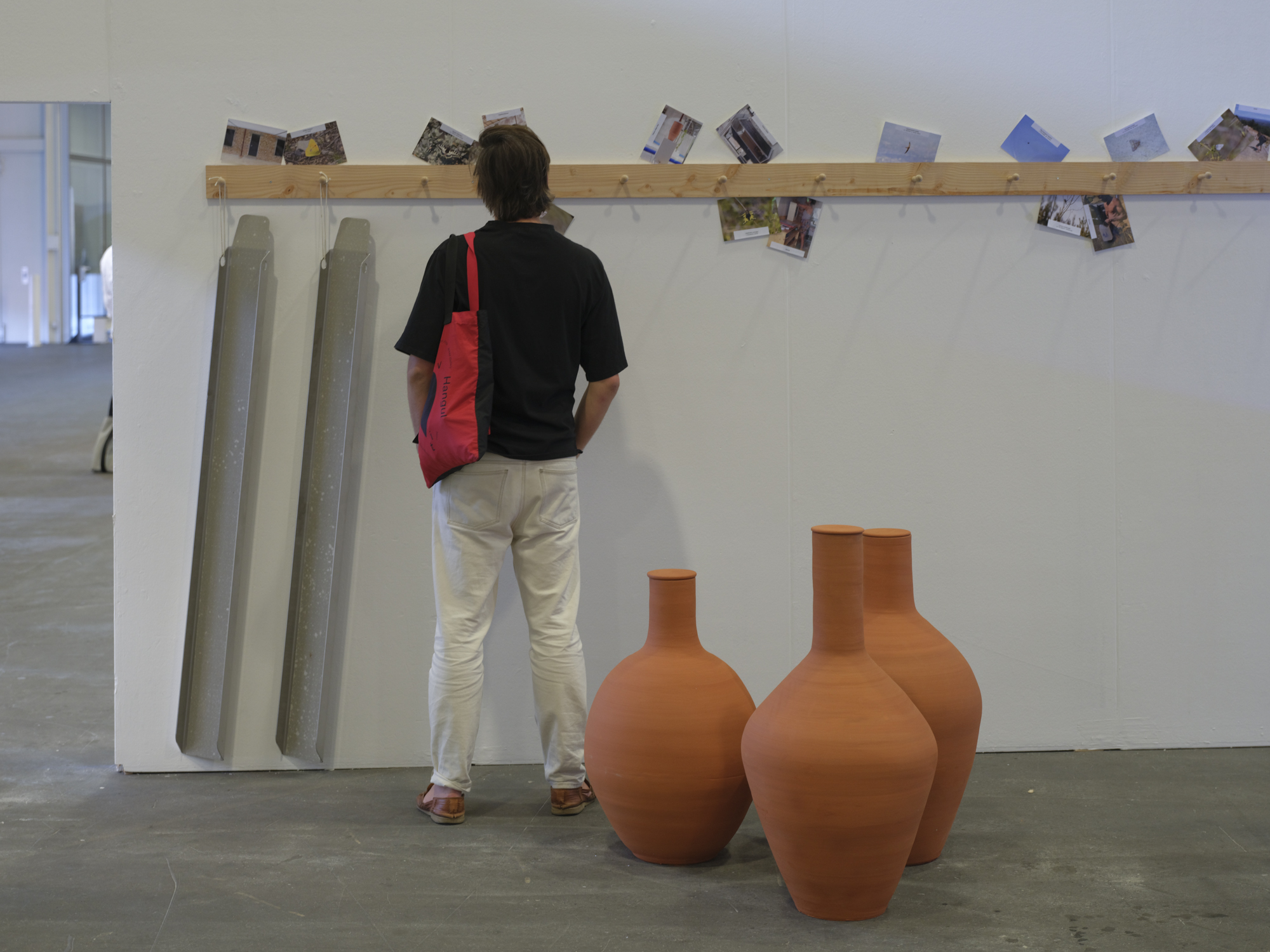
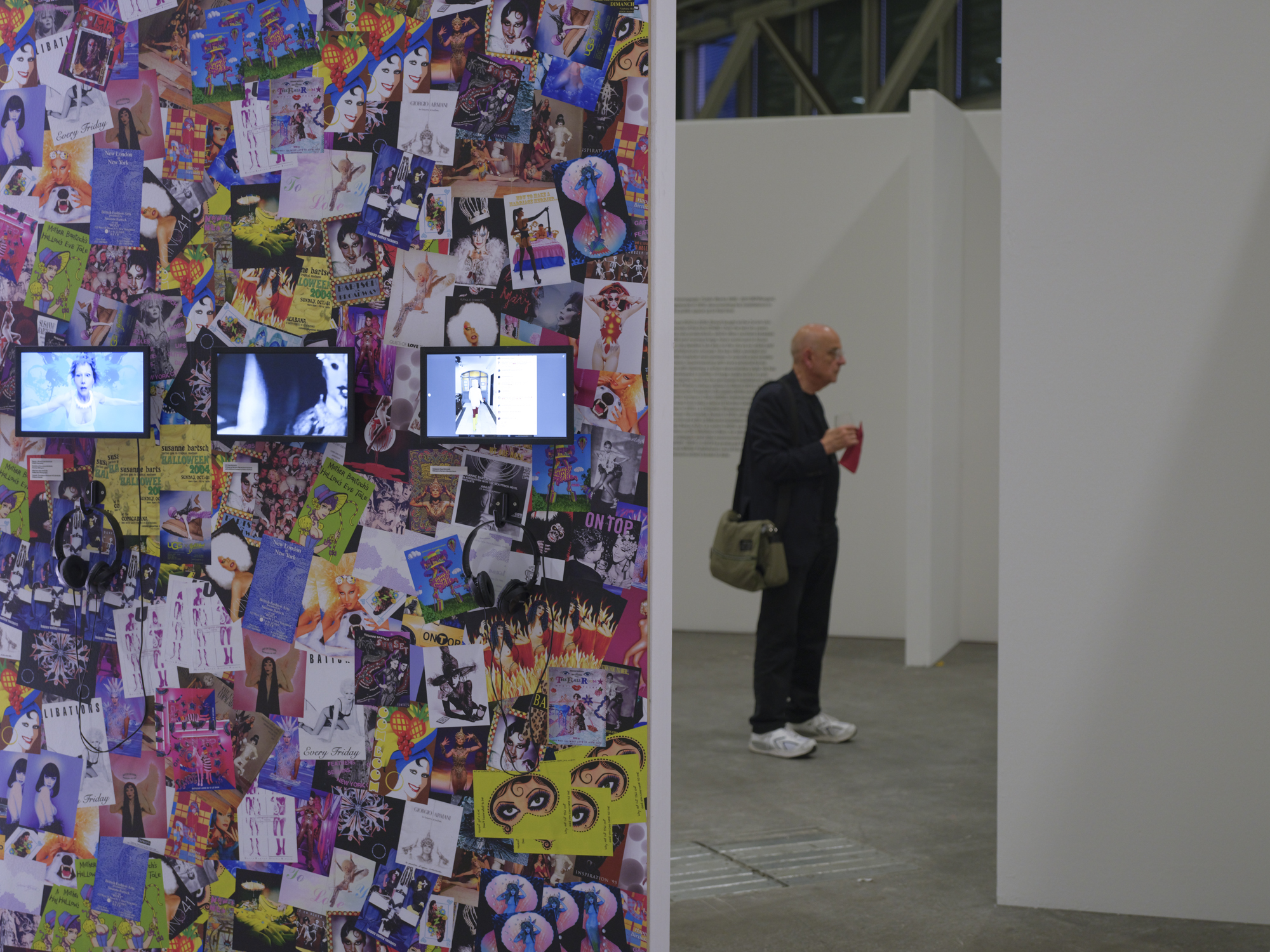
 and Visual (Archives) Society.JPG.jpg)
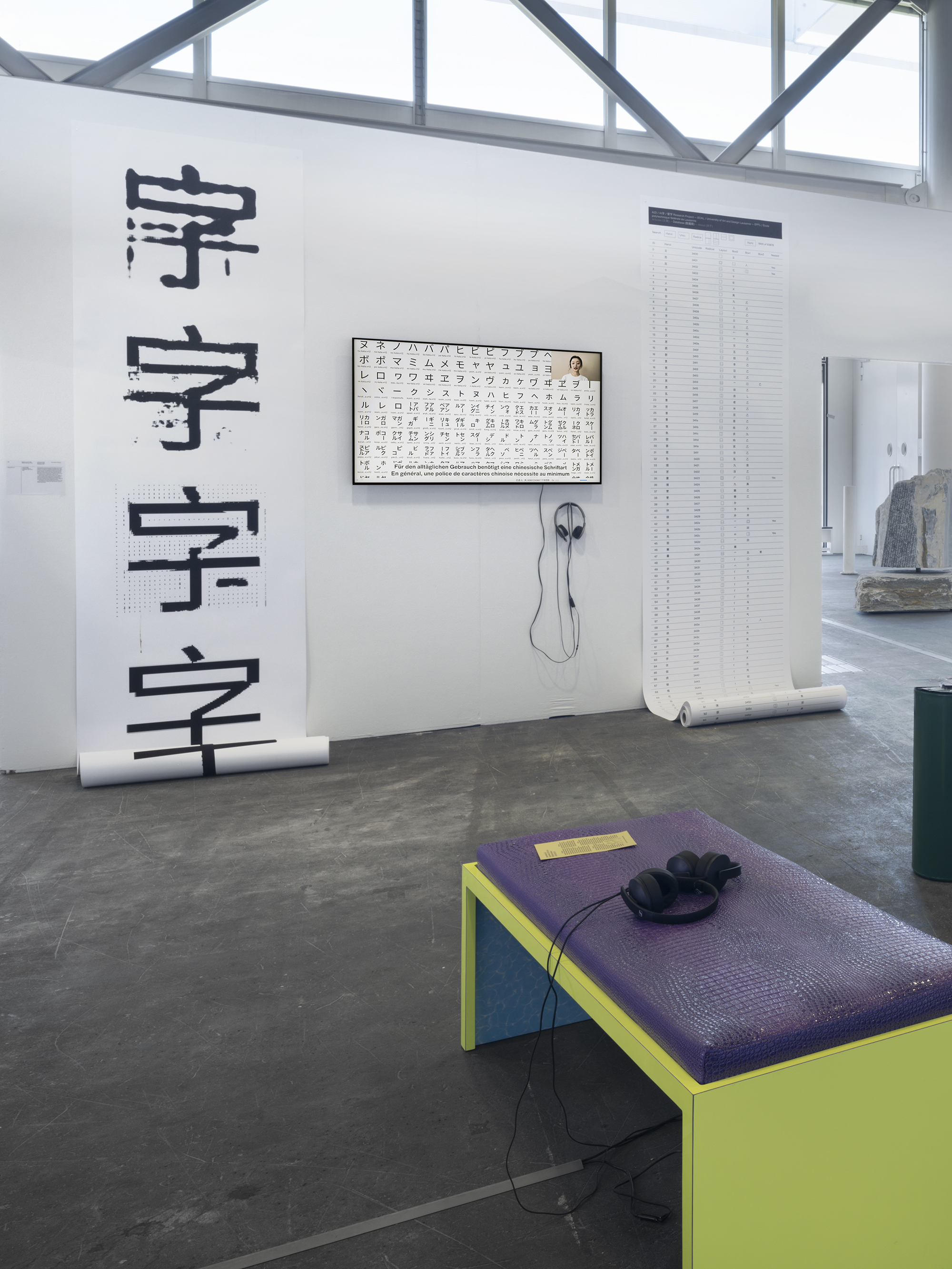
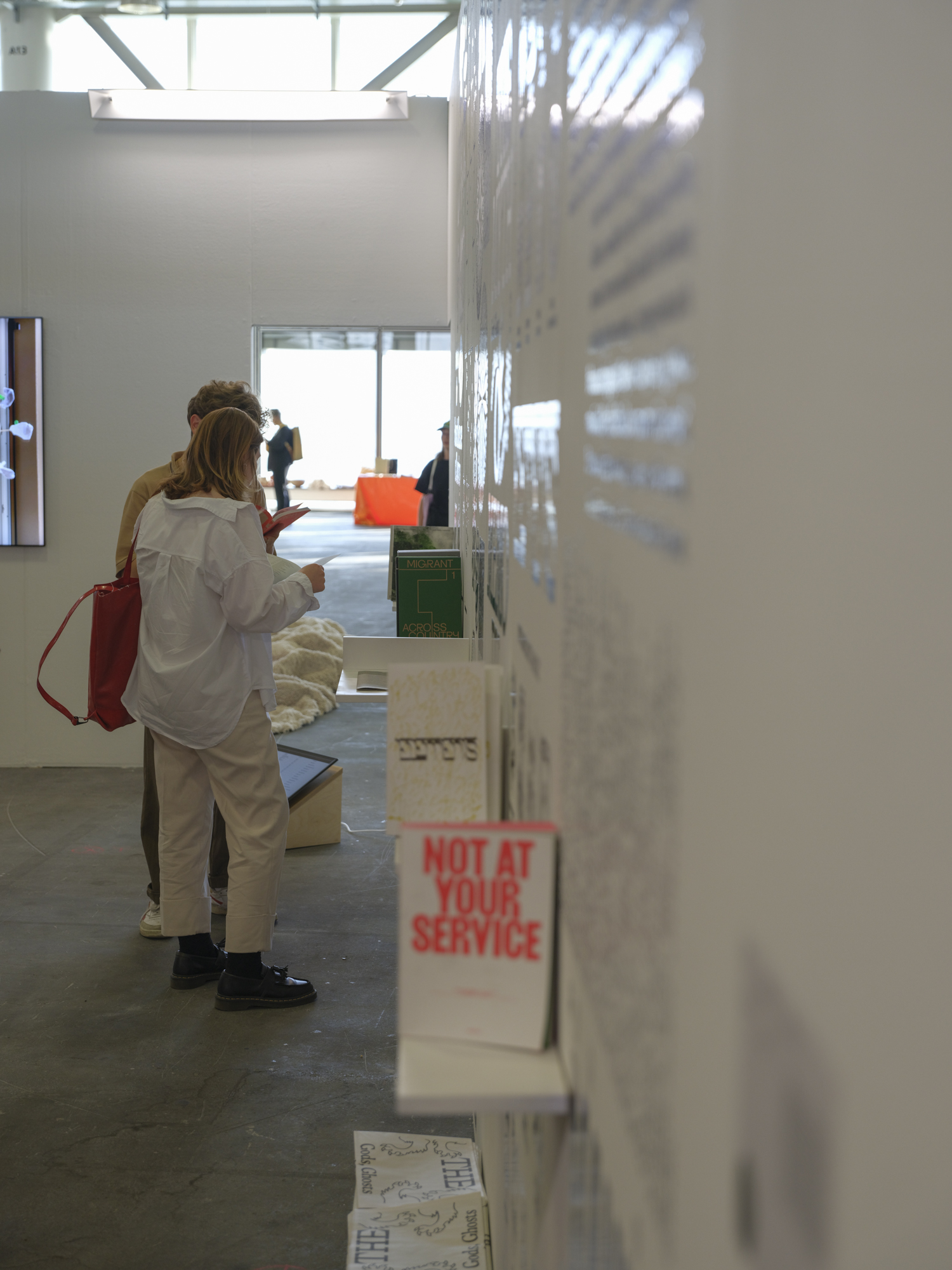
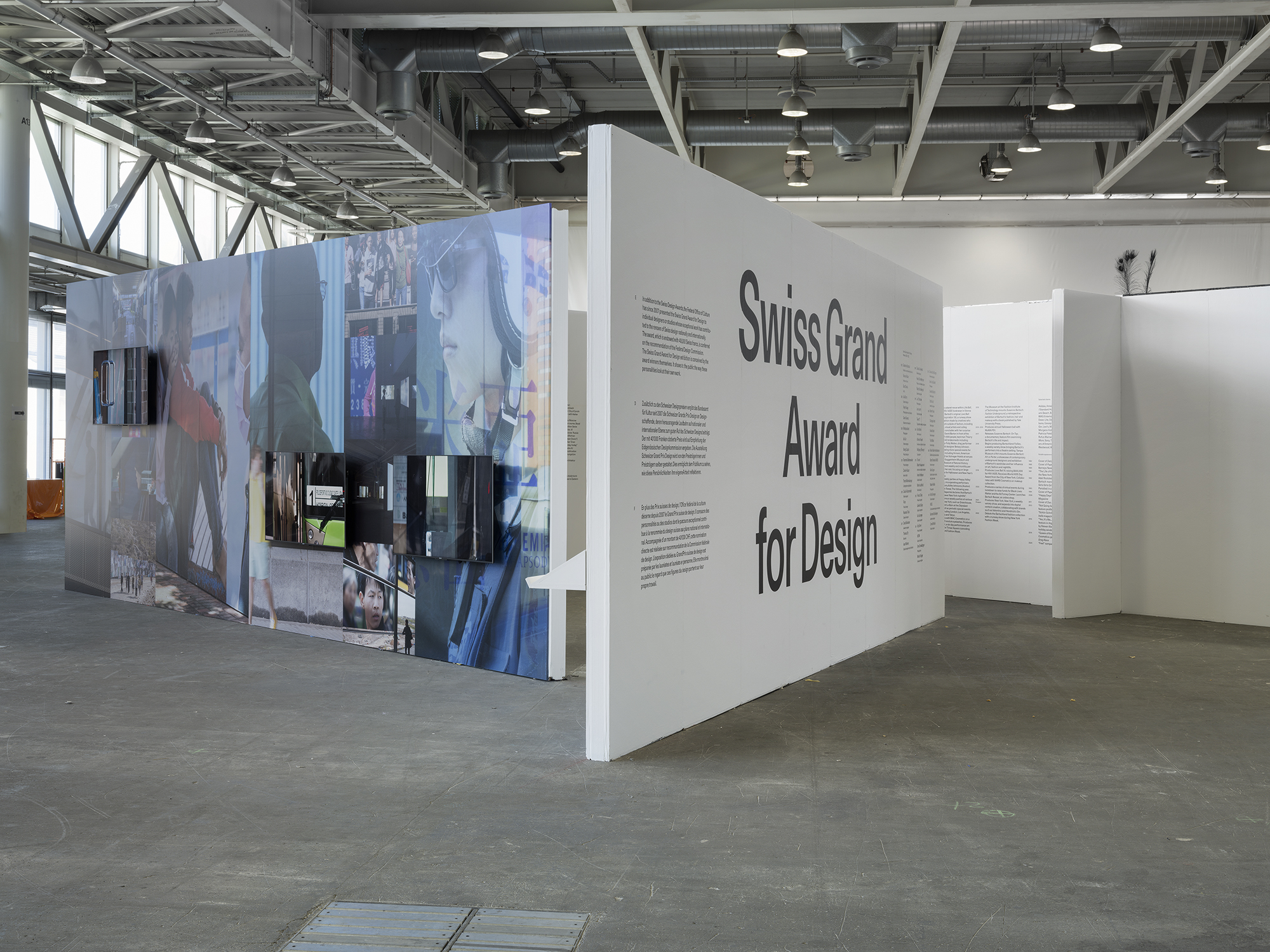
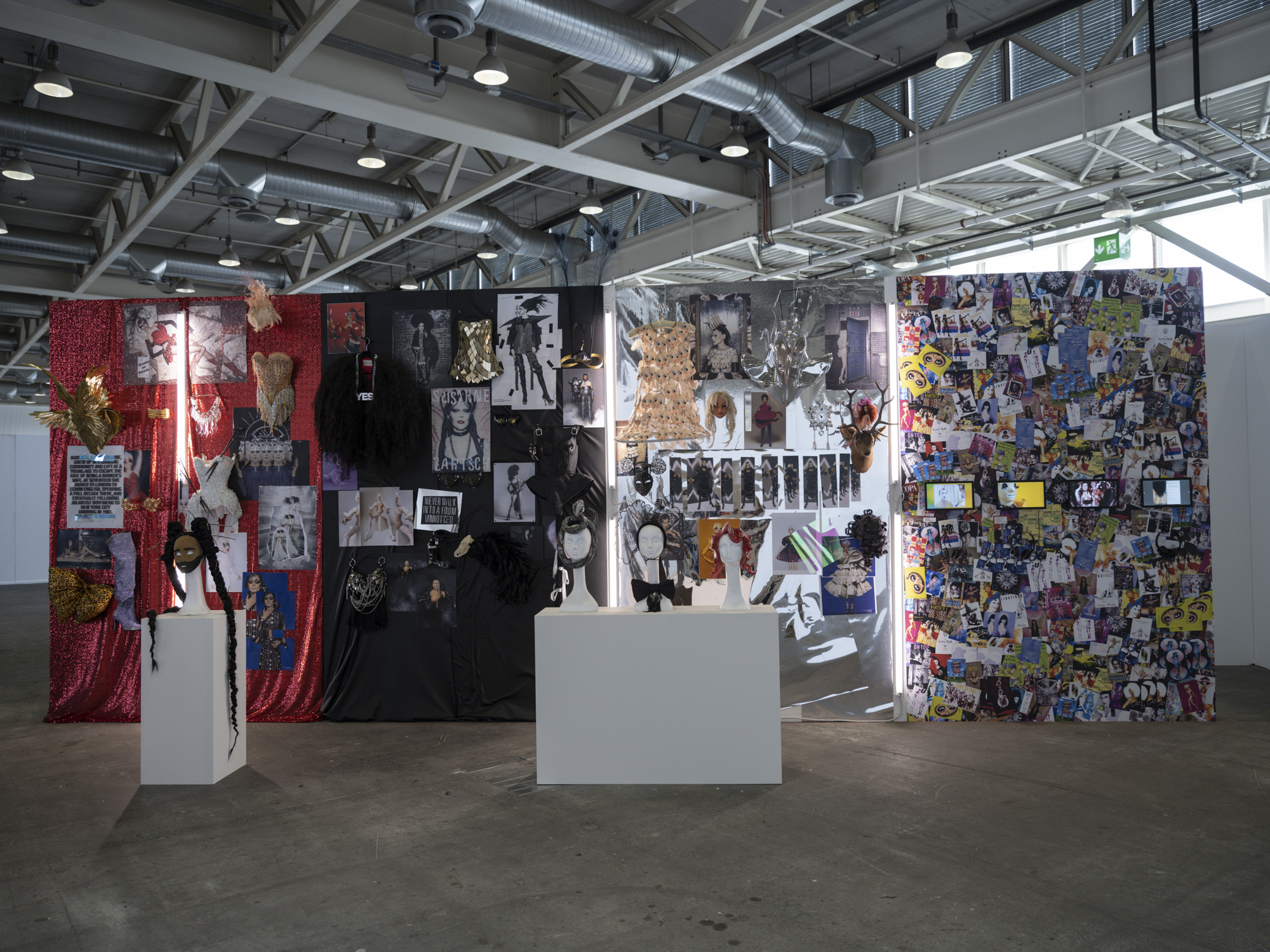
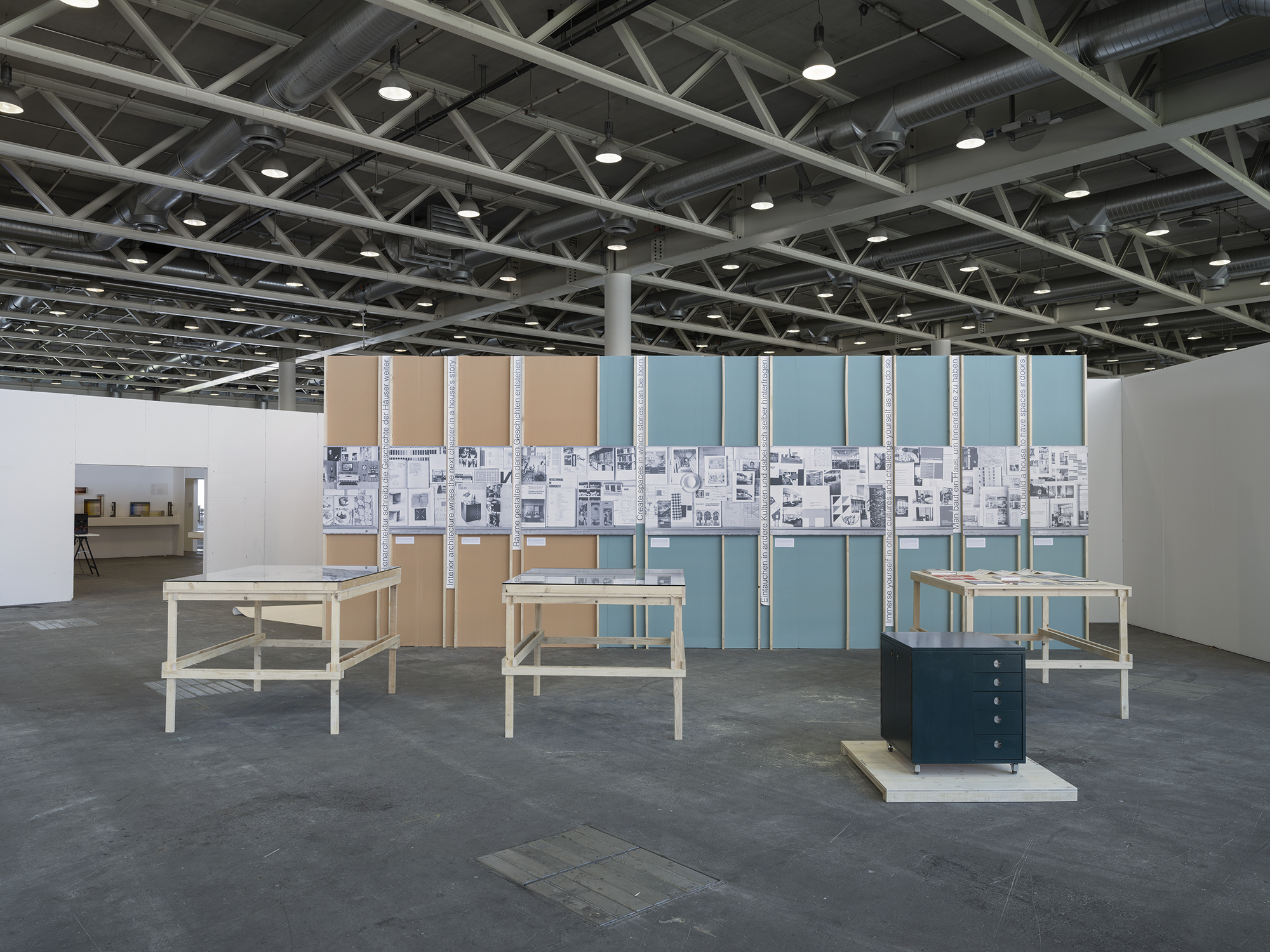
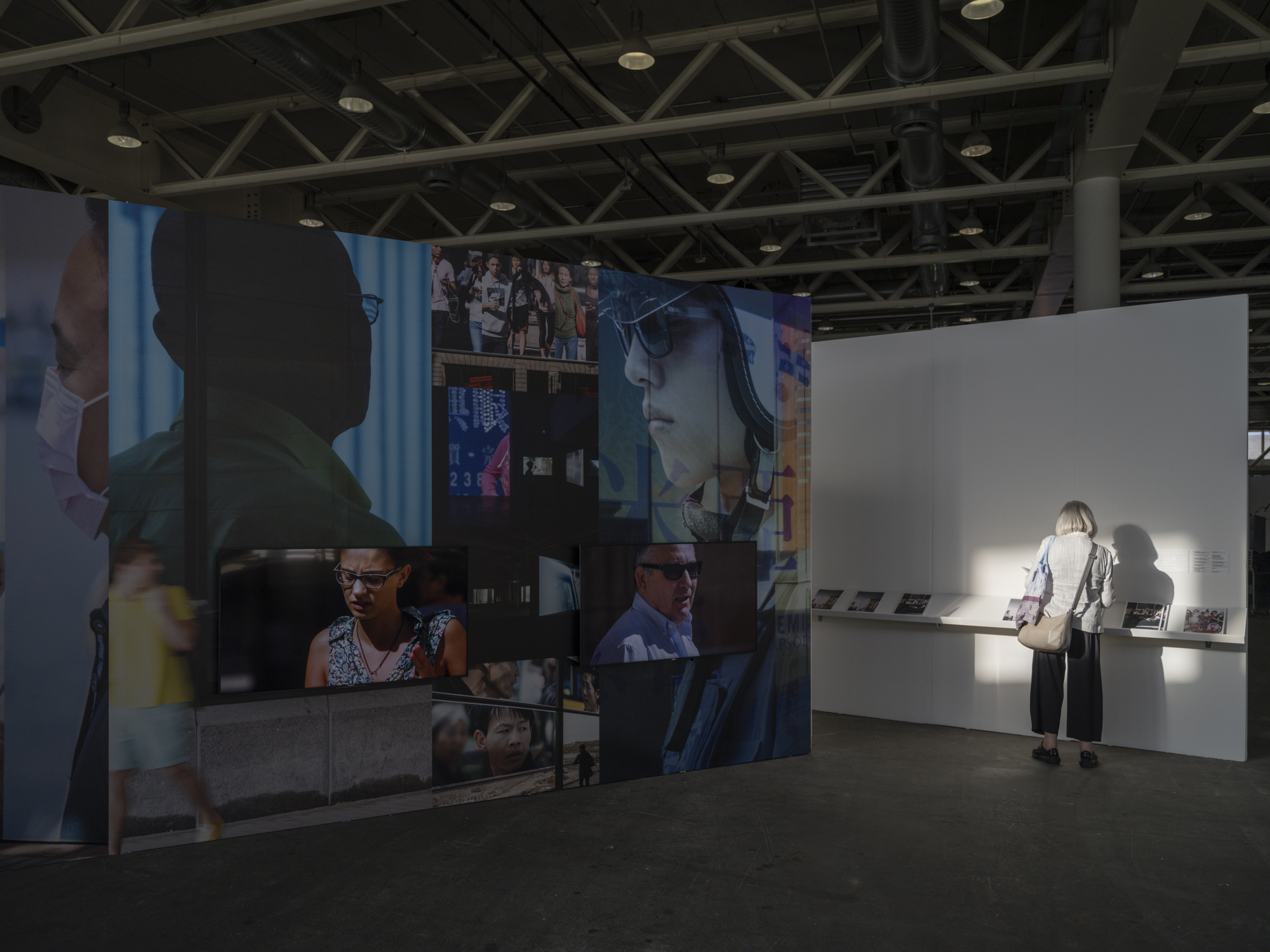
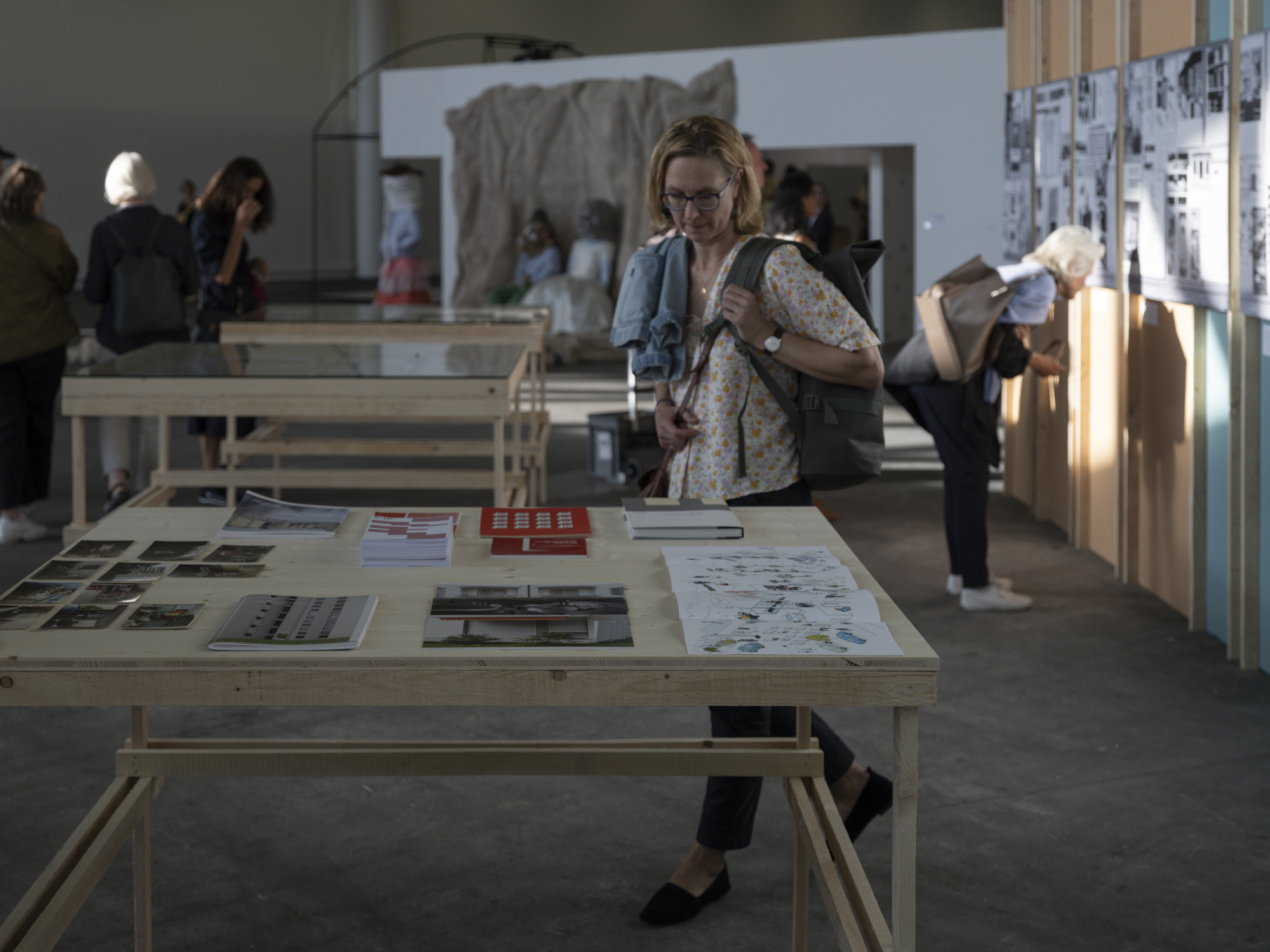
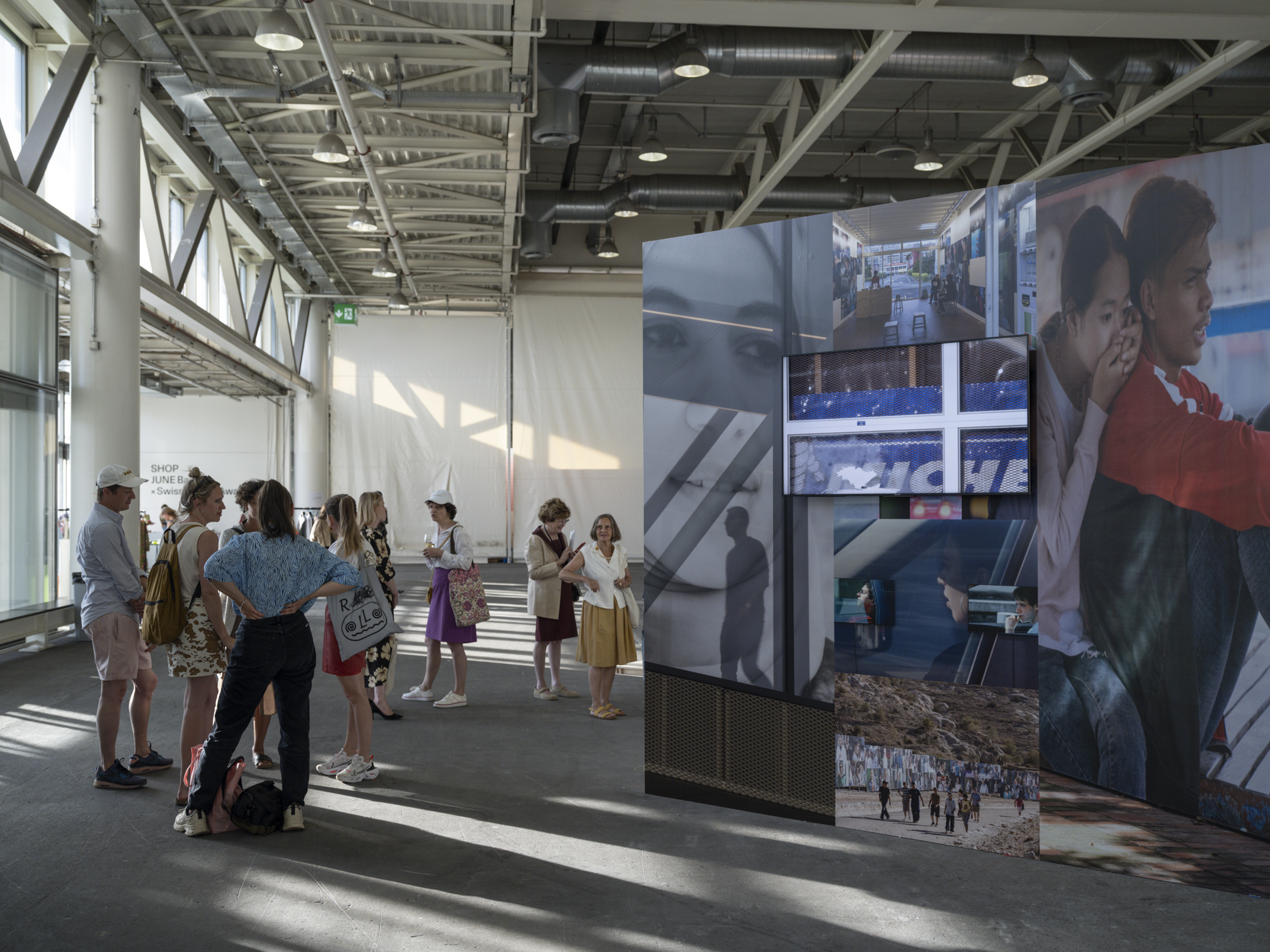
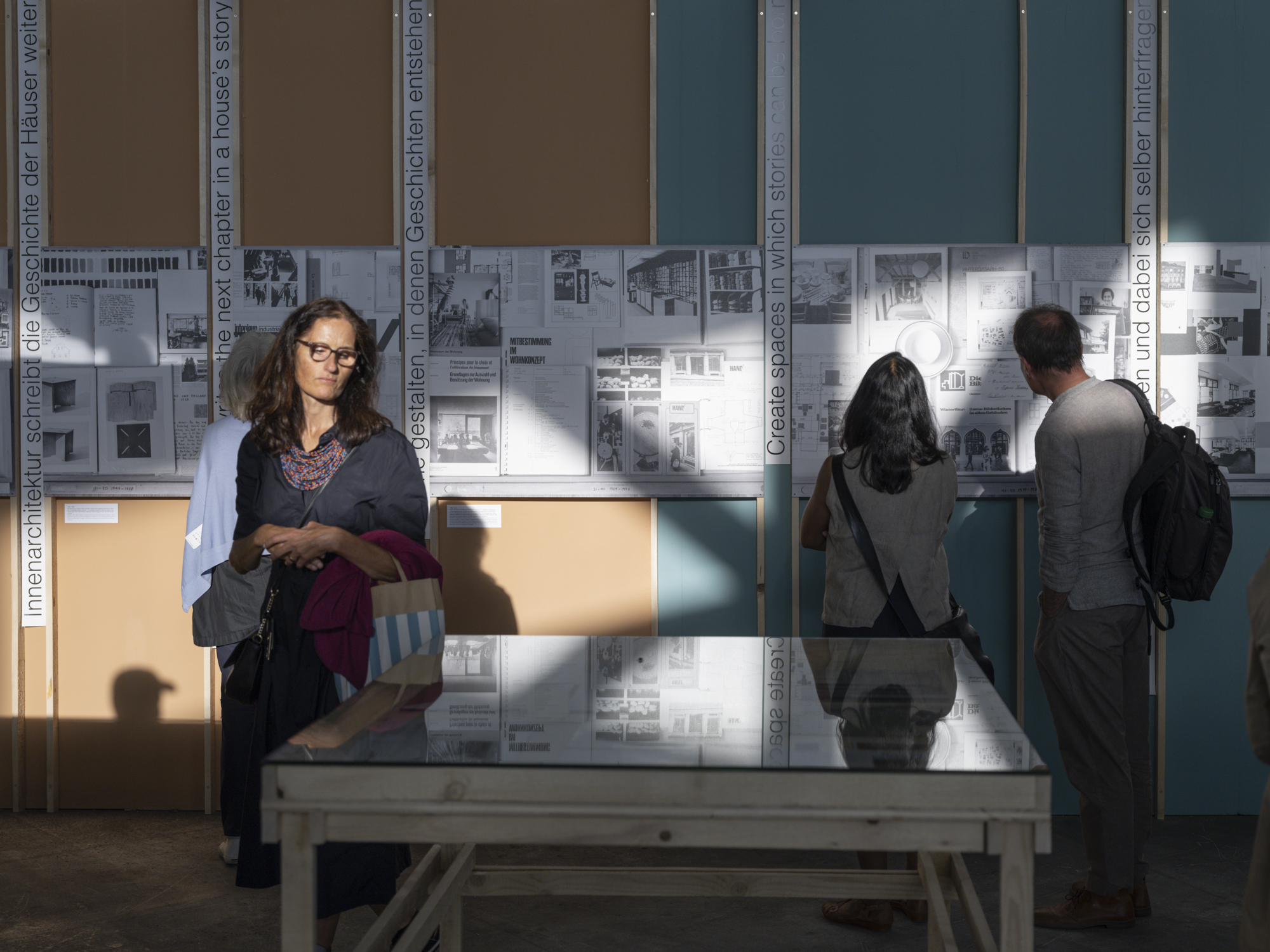
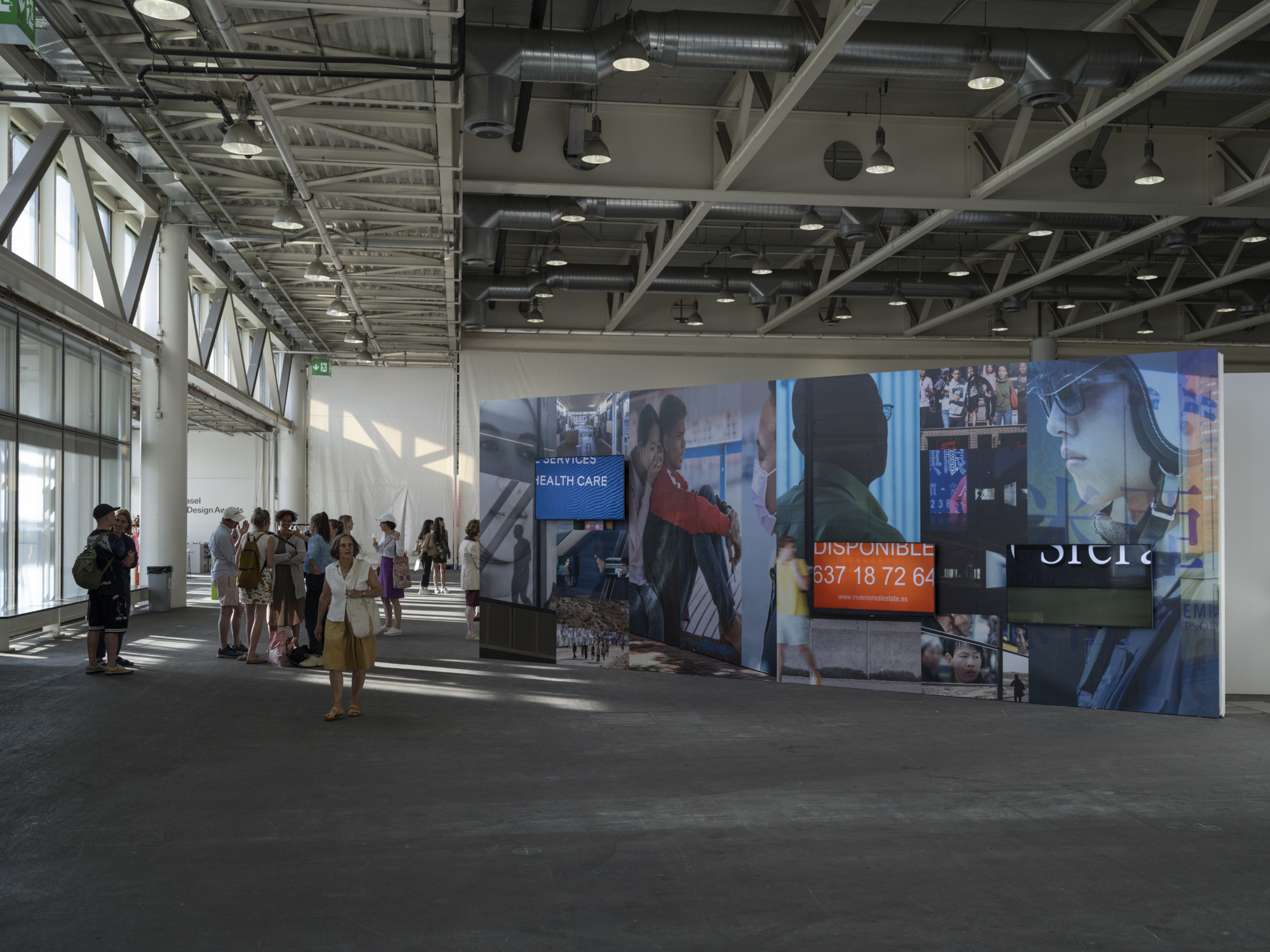
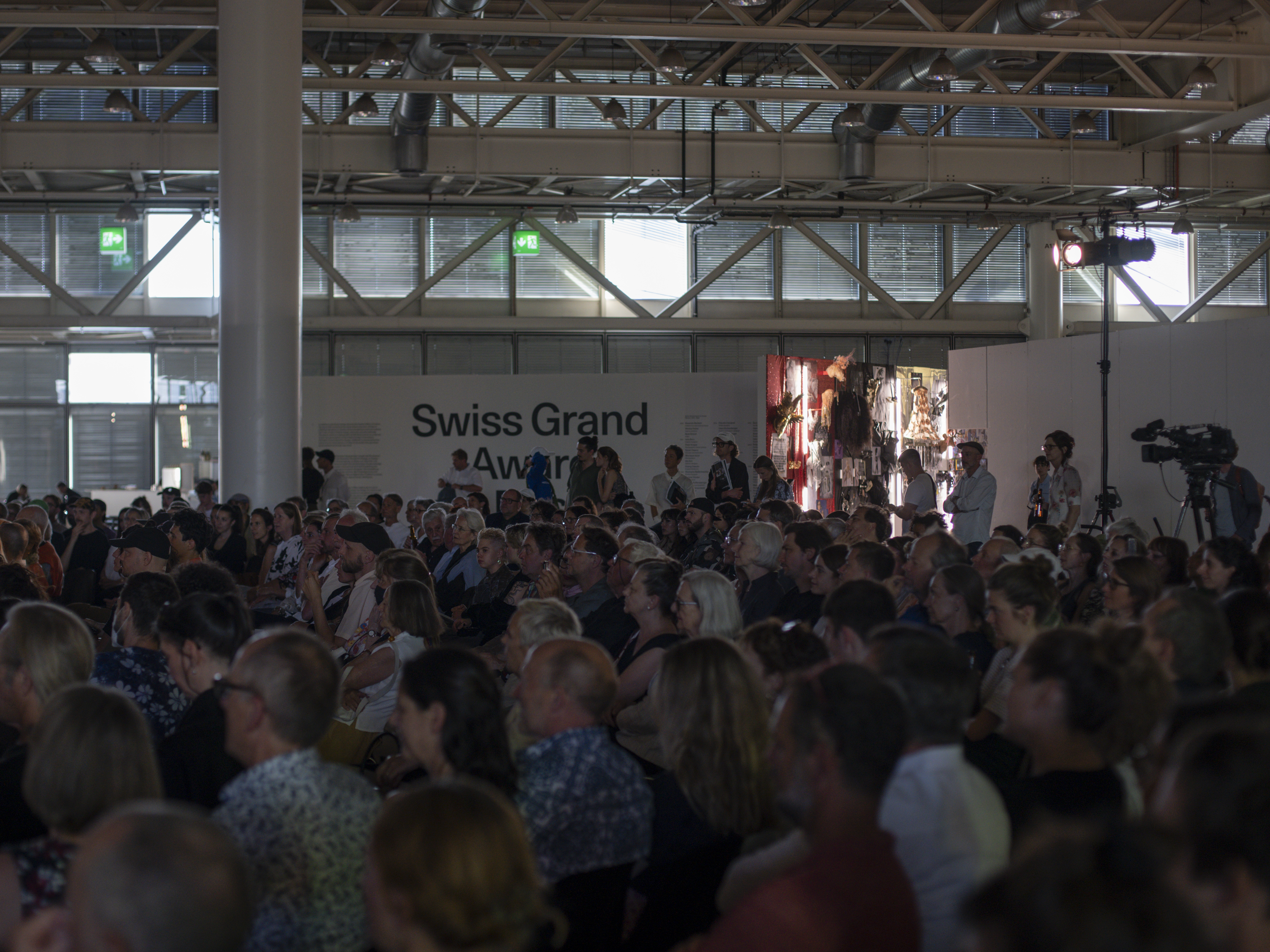
.JPG.jpg)
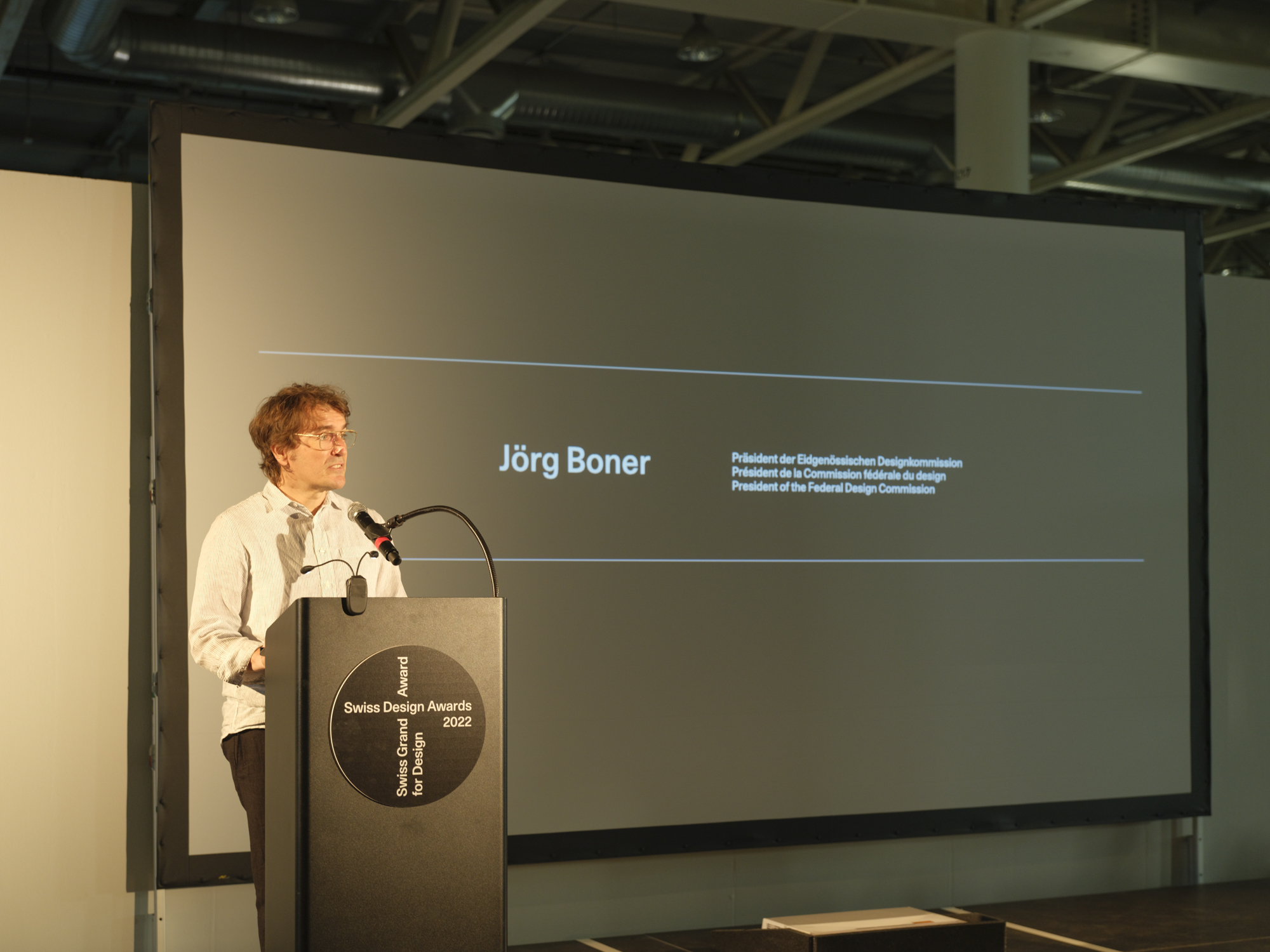
.JPG.jpg)
.JPG.jpg)
.JPG.jpg)
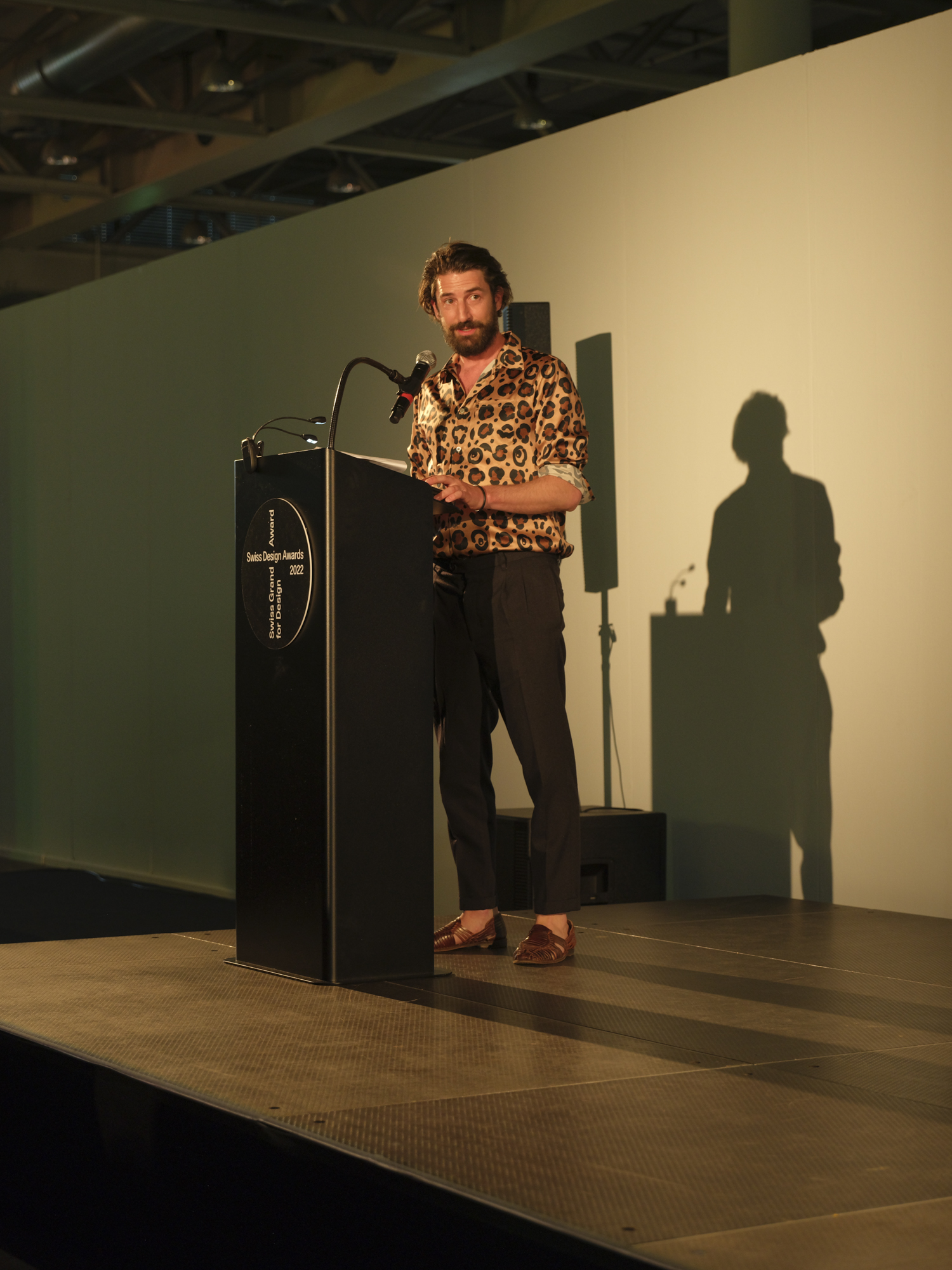
.JPG.jpg)
 with Futuress (winners SDA).JPG.jpg)
 and Mediation (Futuress).JPG.jpg)
 with winners Media _ Interaction Design (Linn Spitz, Urs Hofer).JPG.jpg)
.JPG.jpg)
.JPG.jpg)
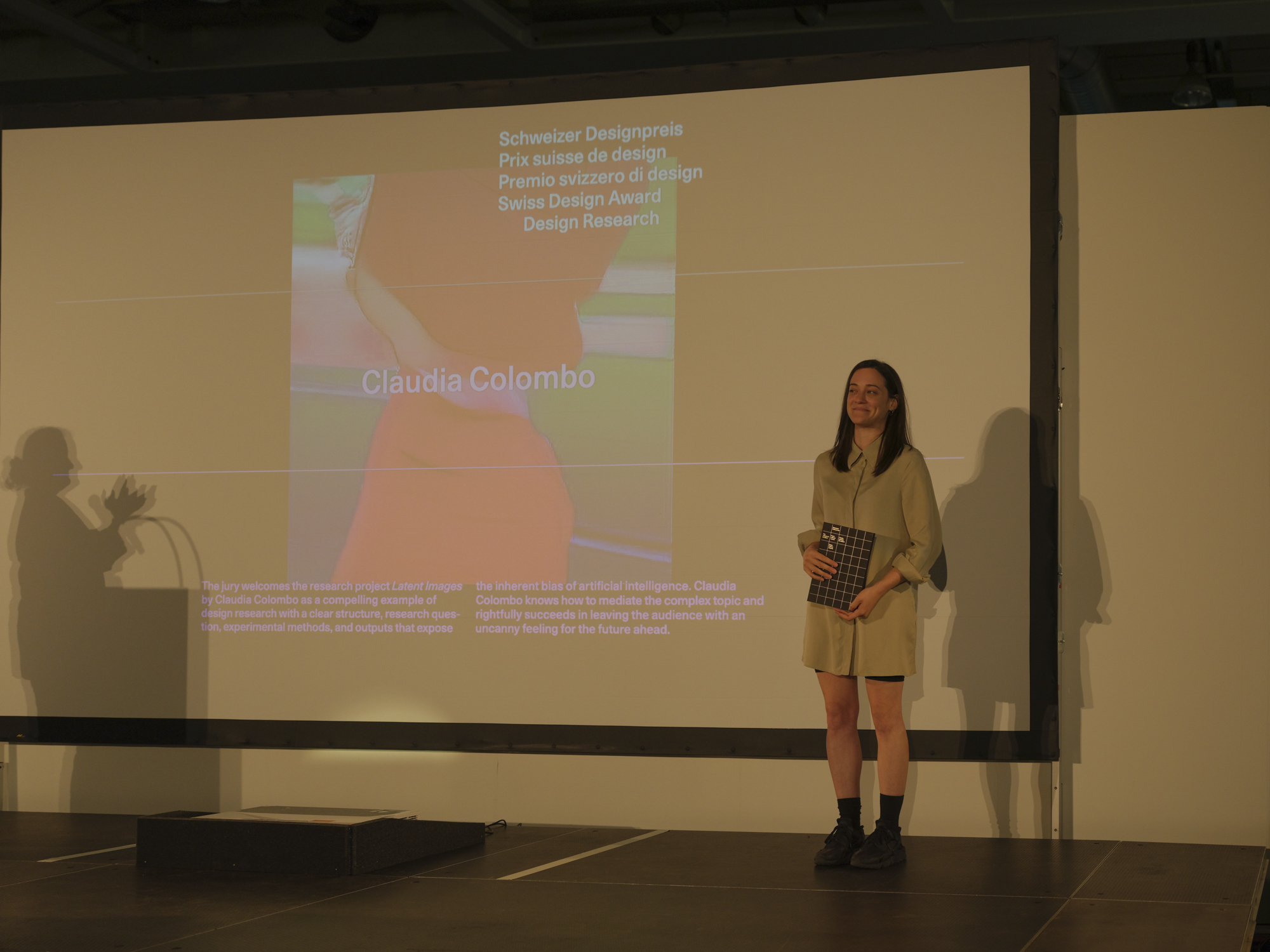
.JPG.jpg)
, Swiss Grand Award for Design winner Beat Streuli.JPG.jpg)
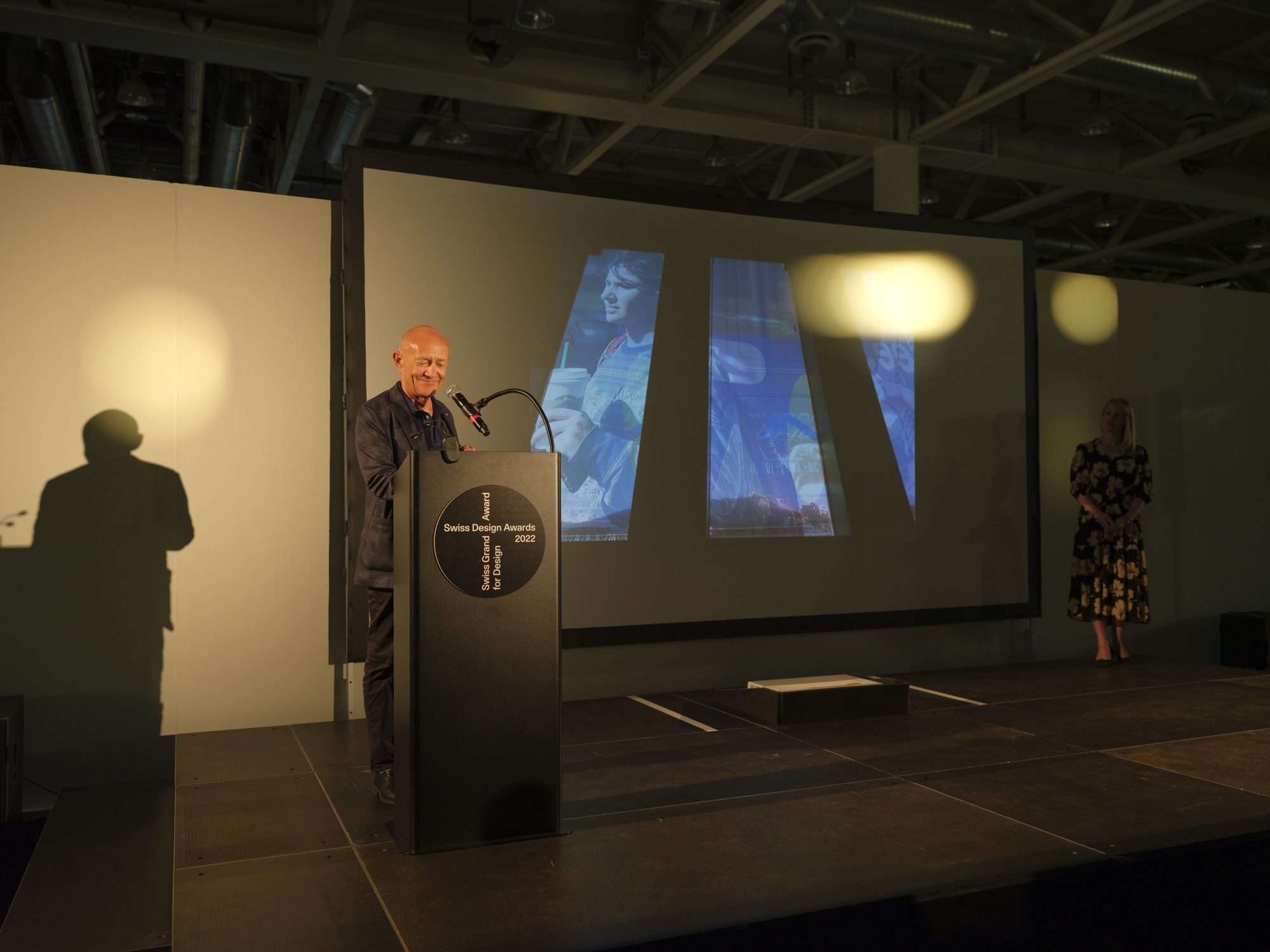
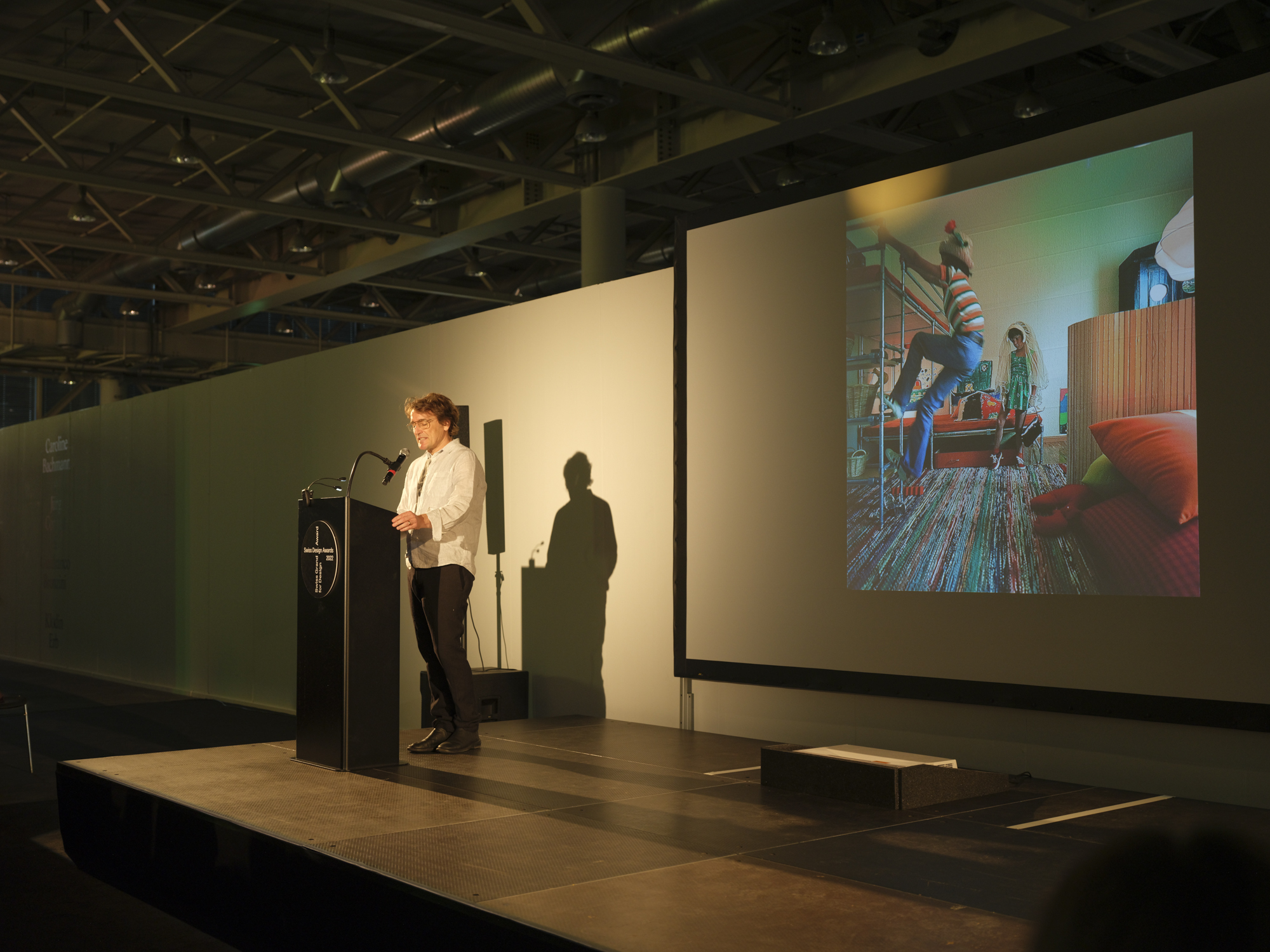
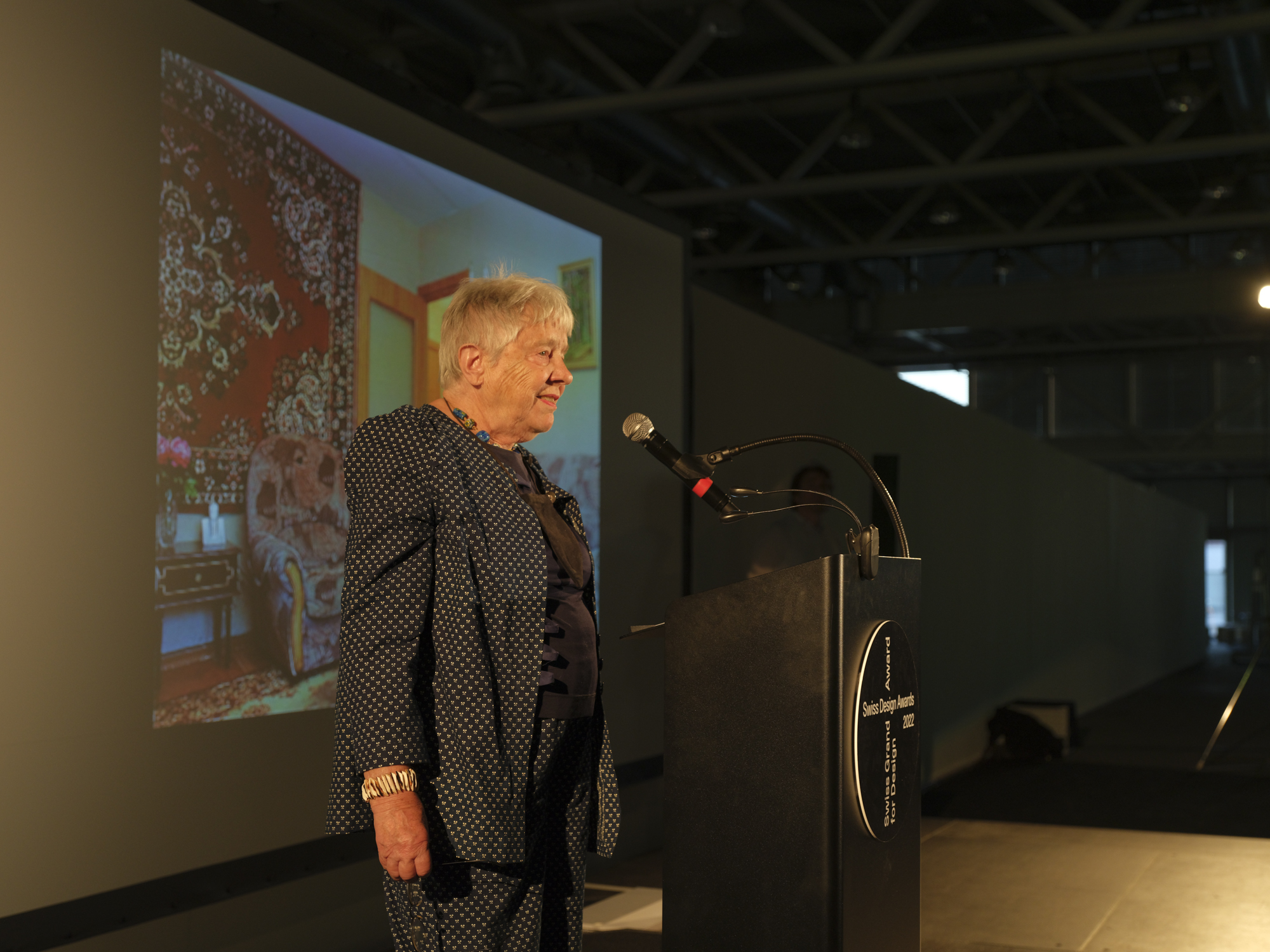
 giving Swiss Grand Award for Design winner Susanne Bartsch her diploma.jpg)
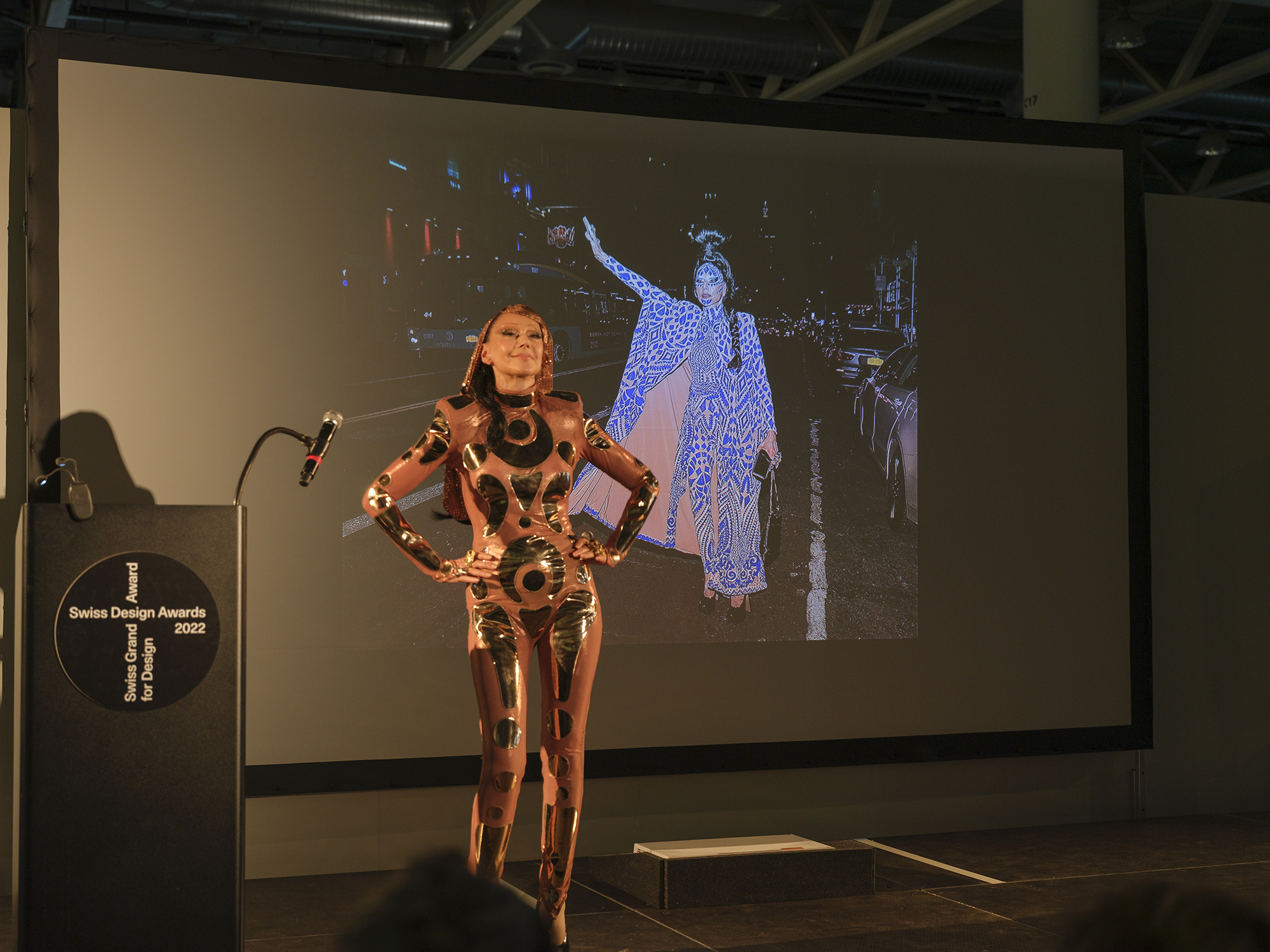
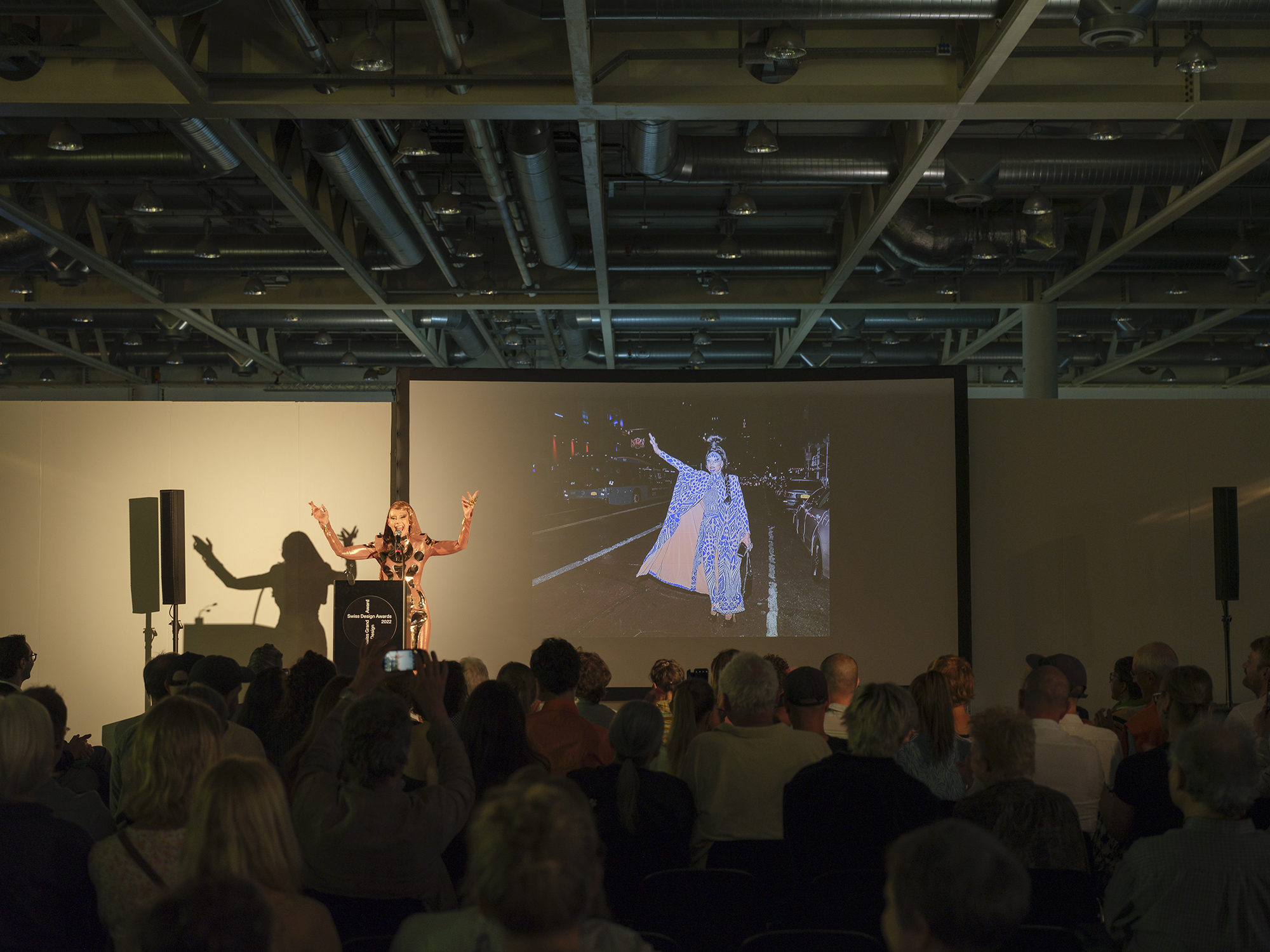
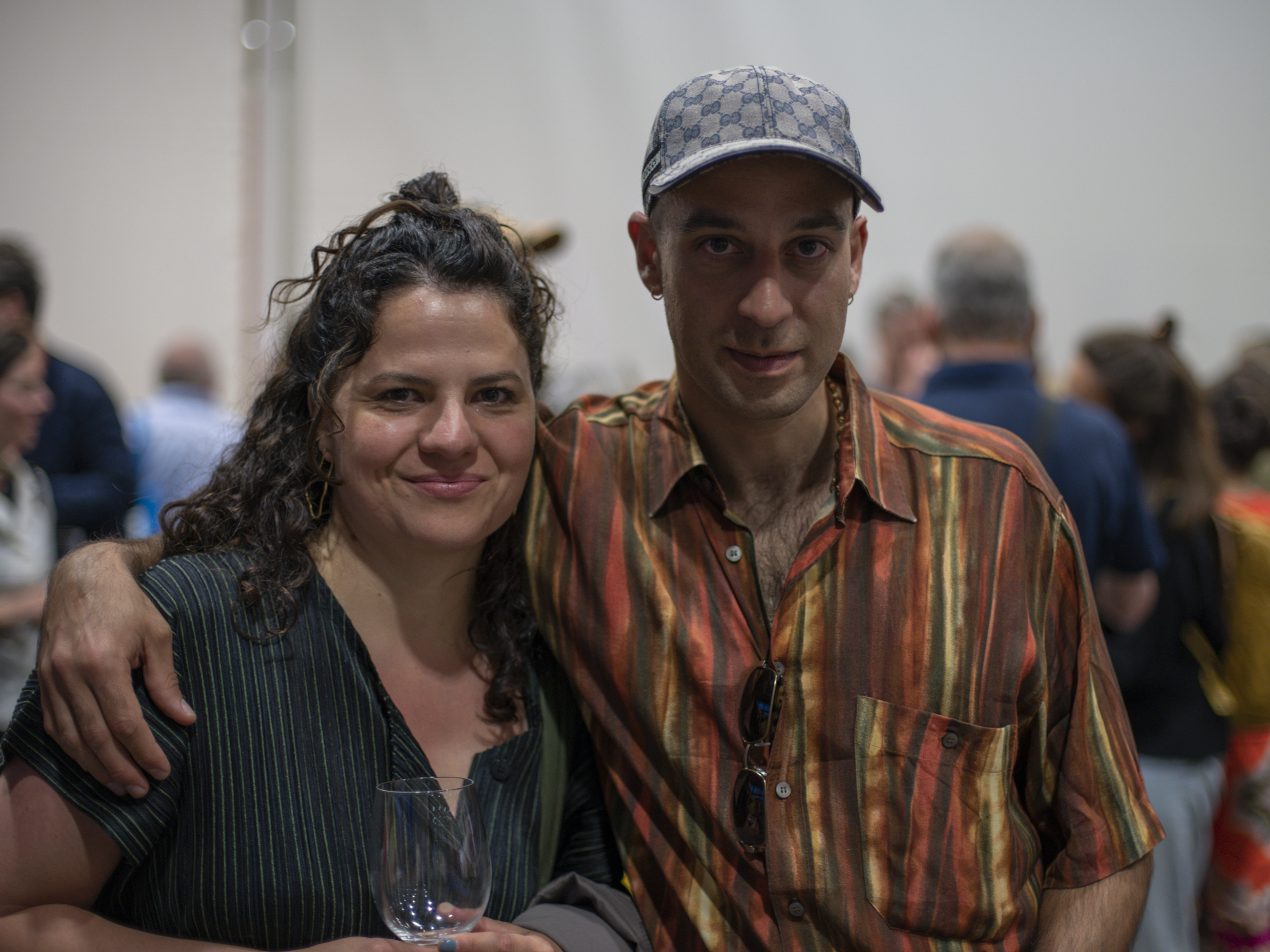
, Davide Fornari, Tatyana Franck.JPG.jpg)
